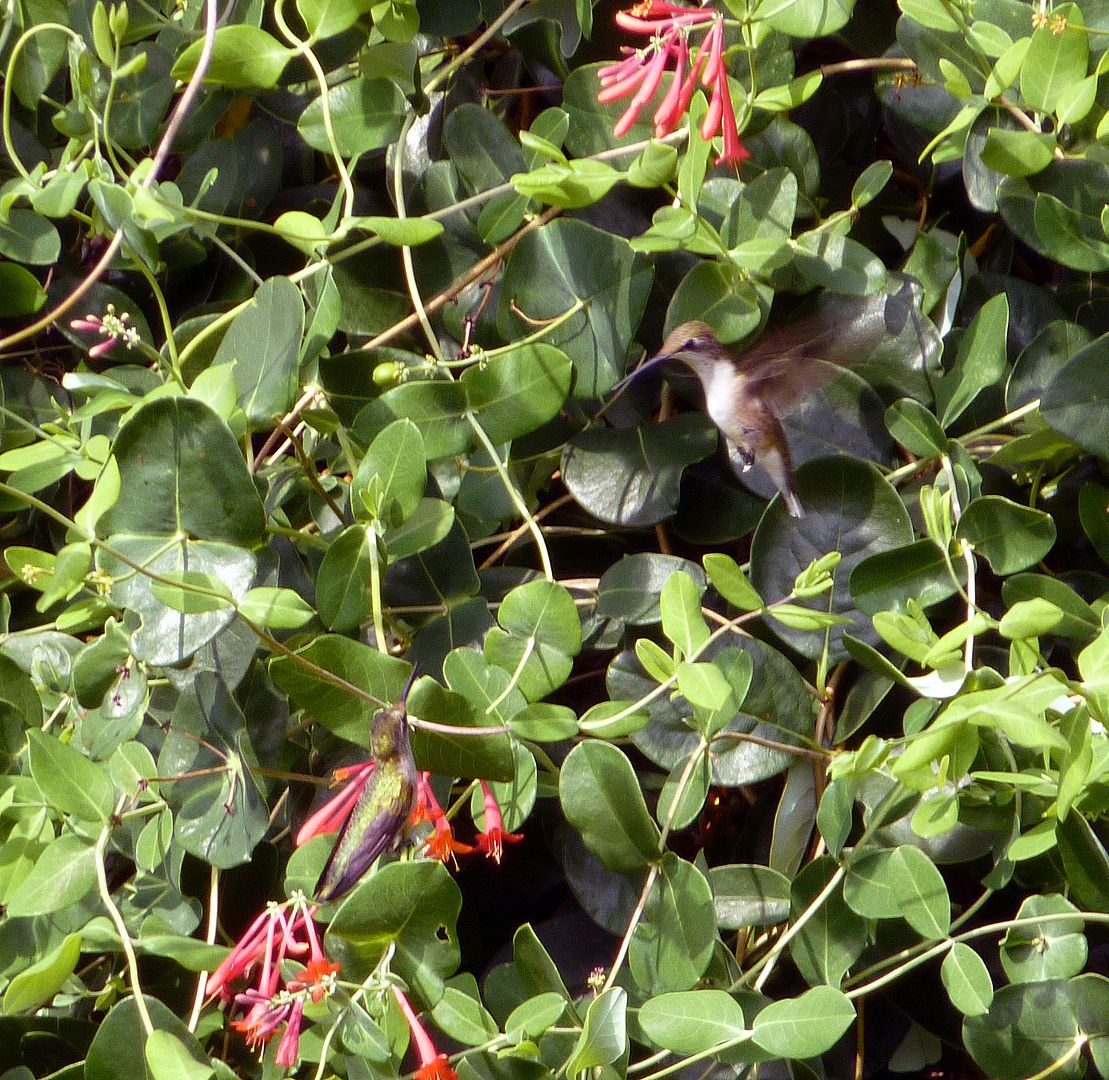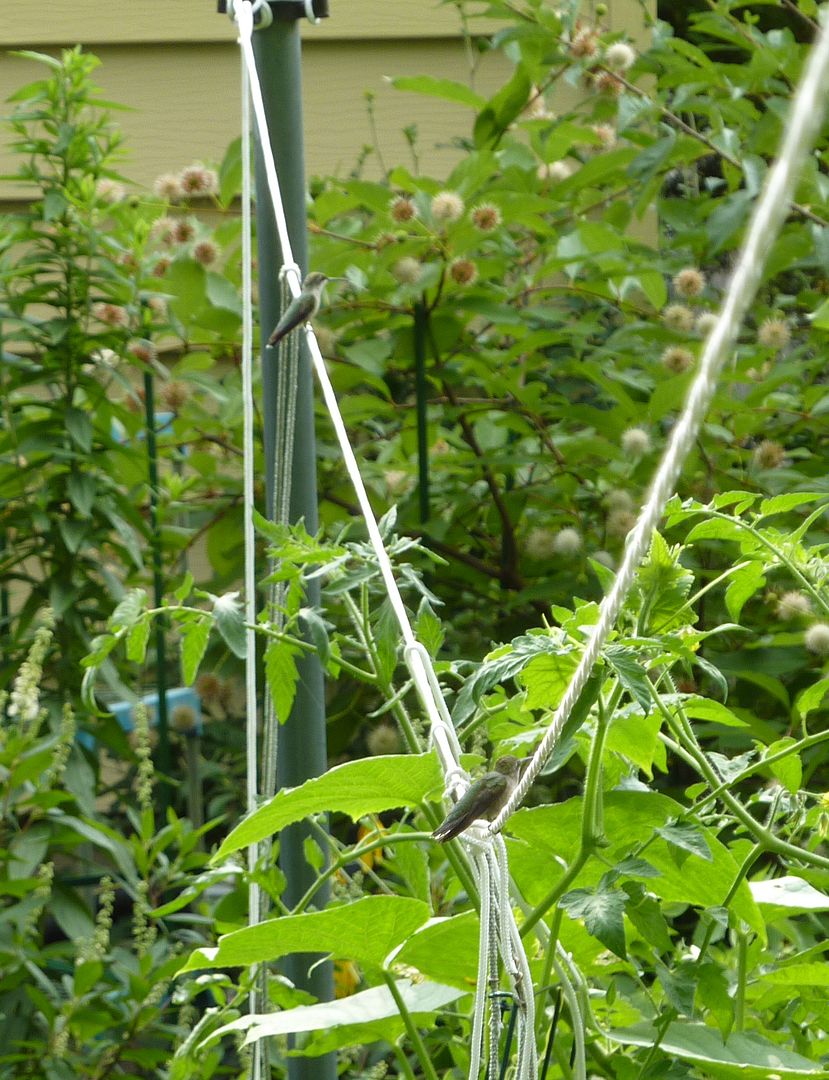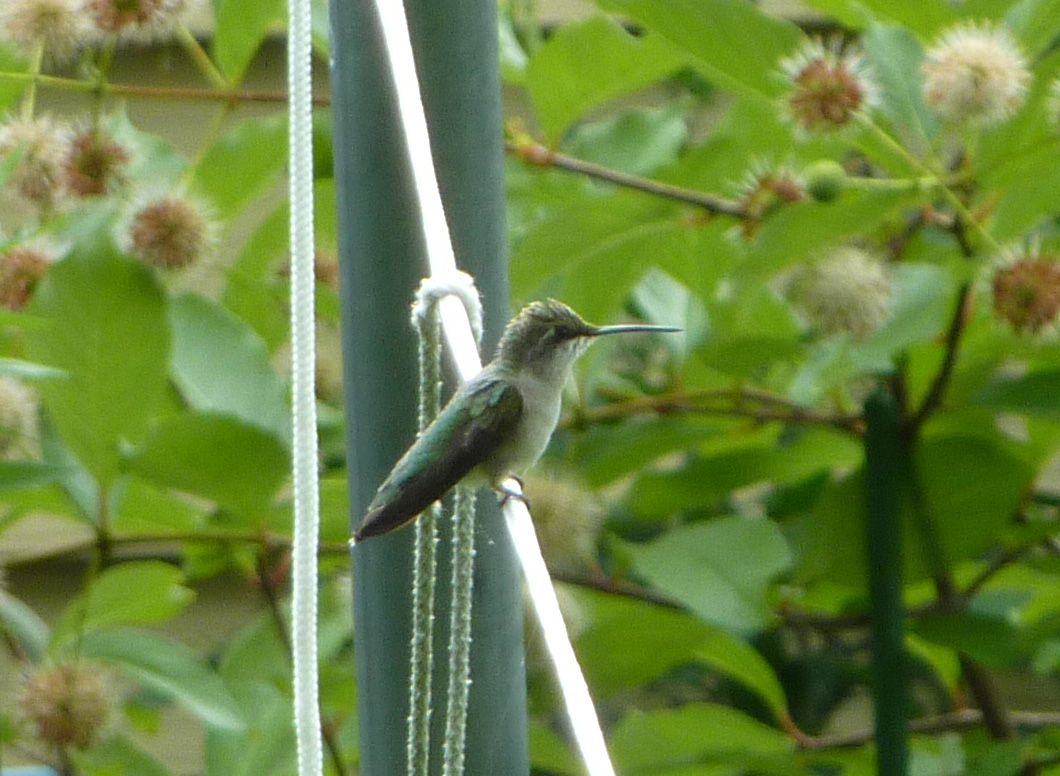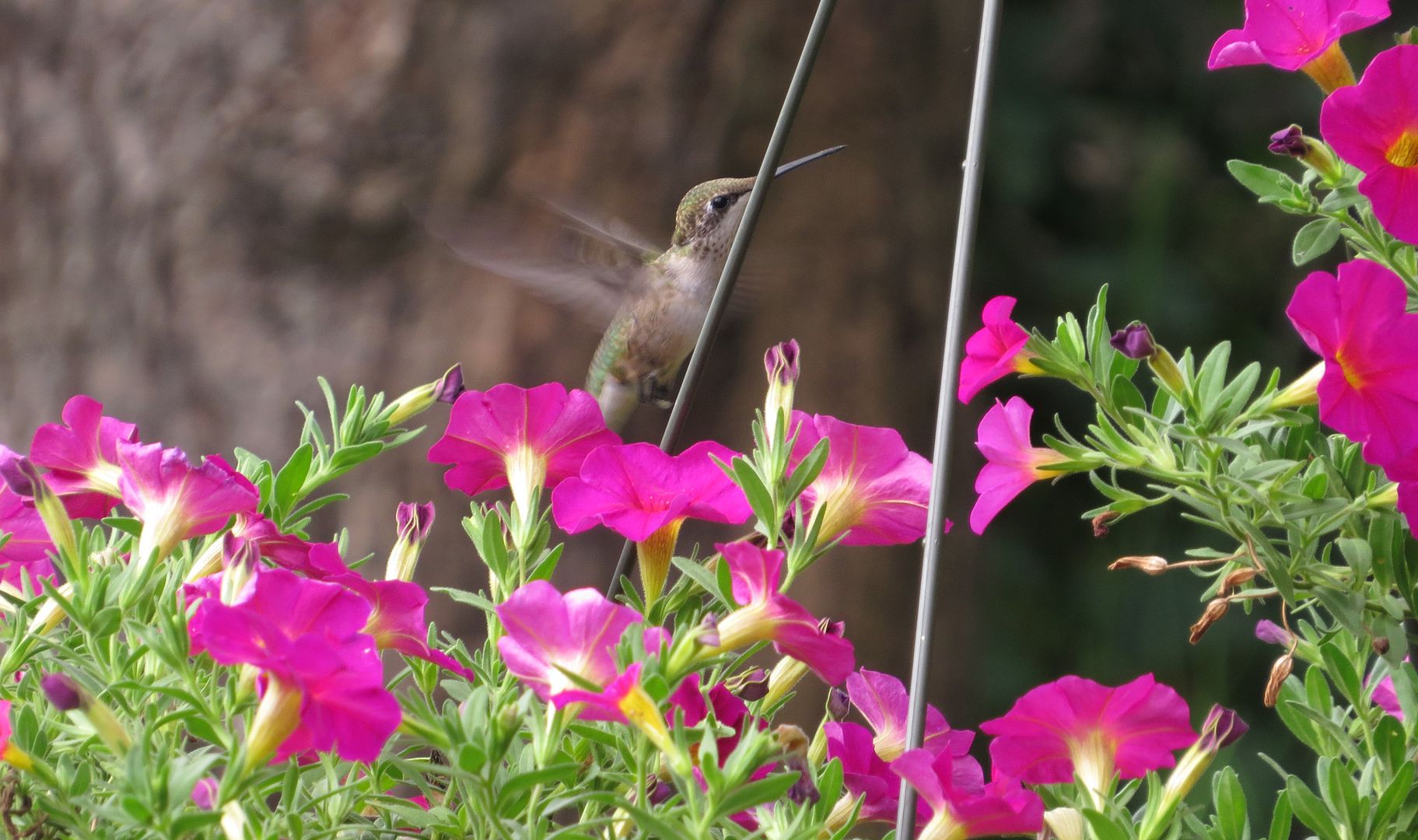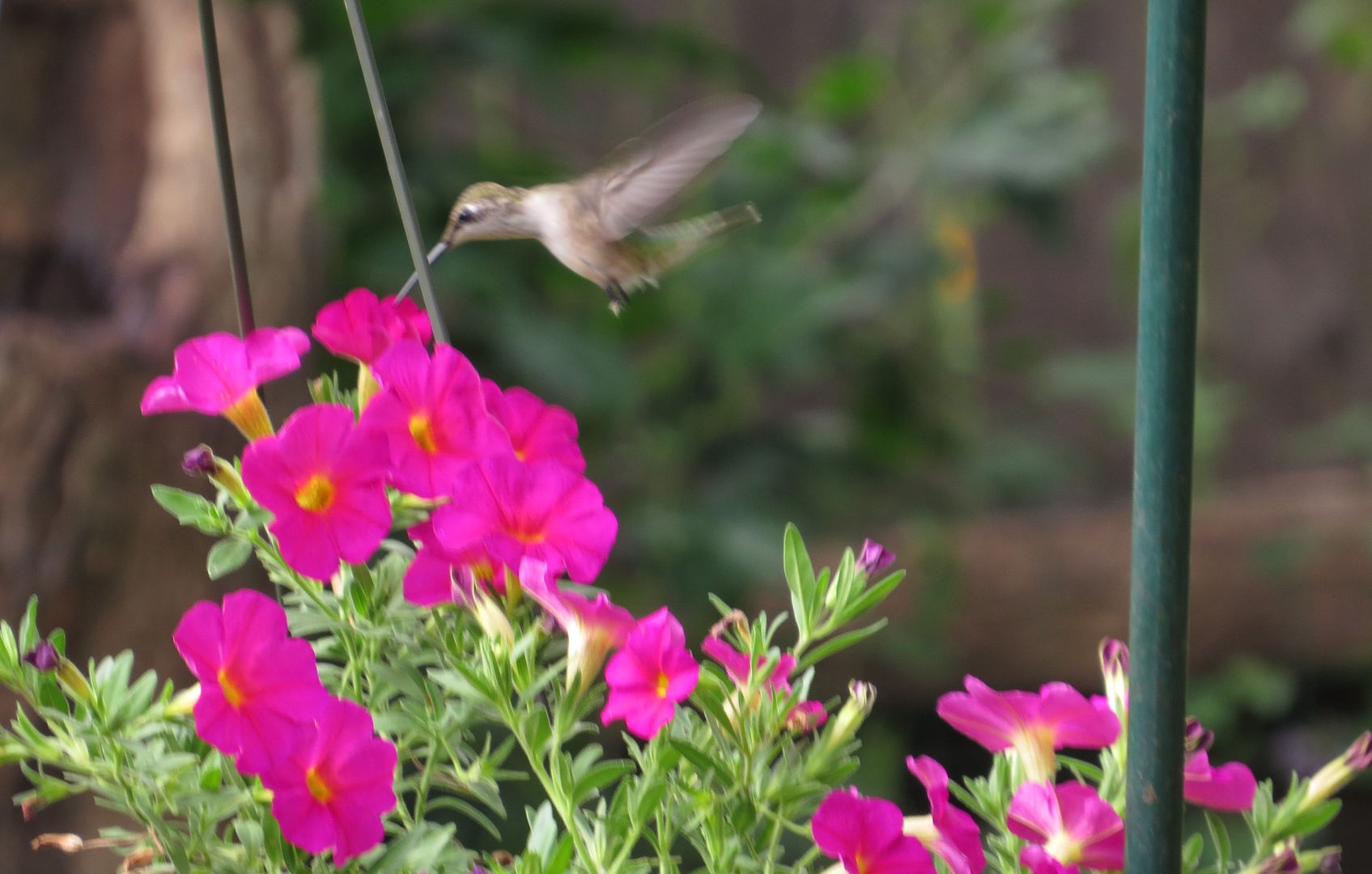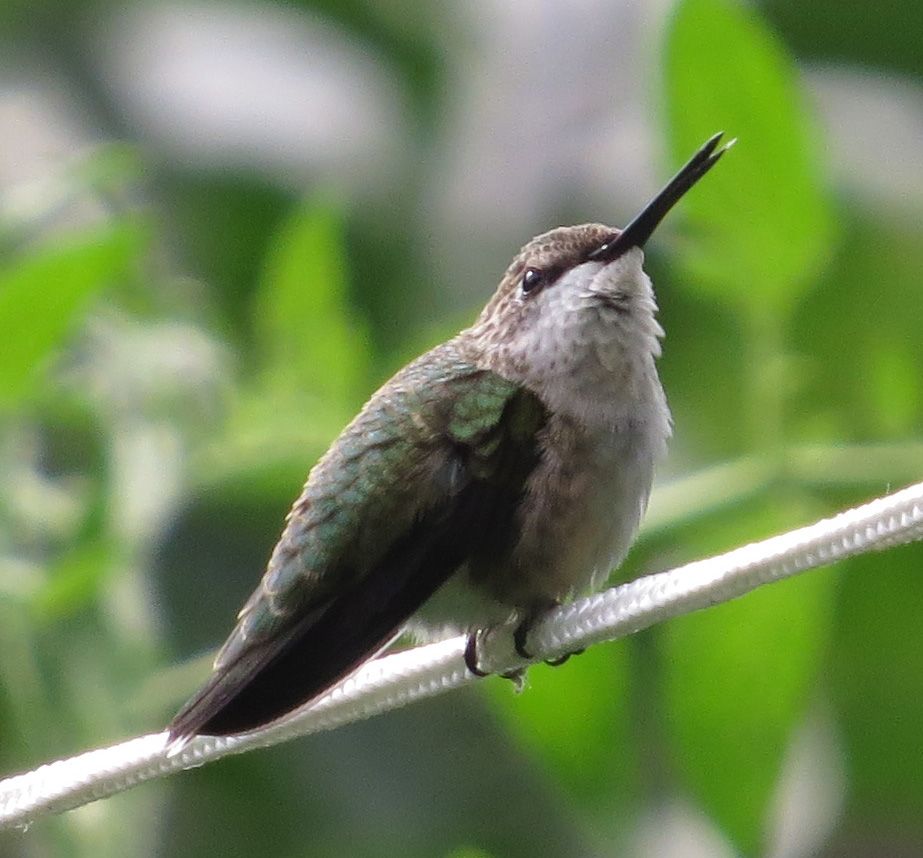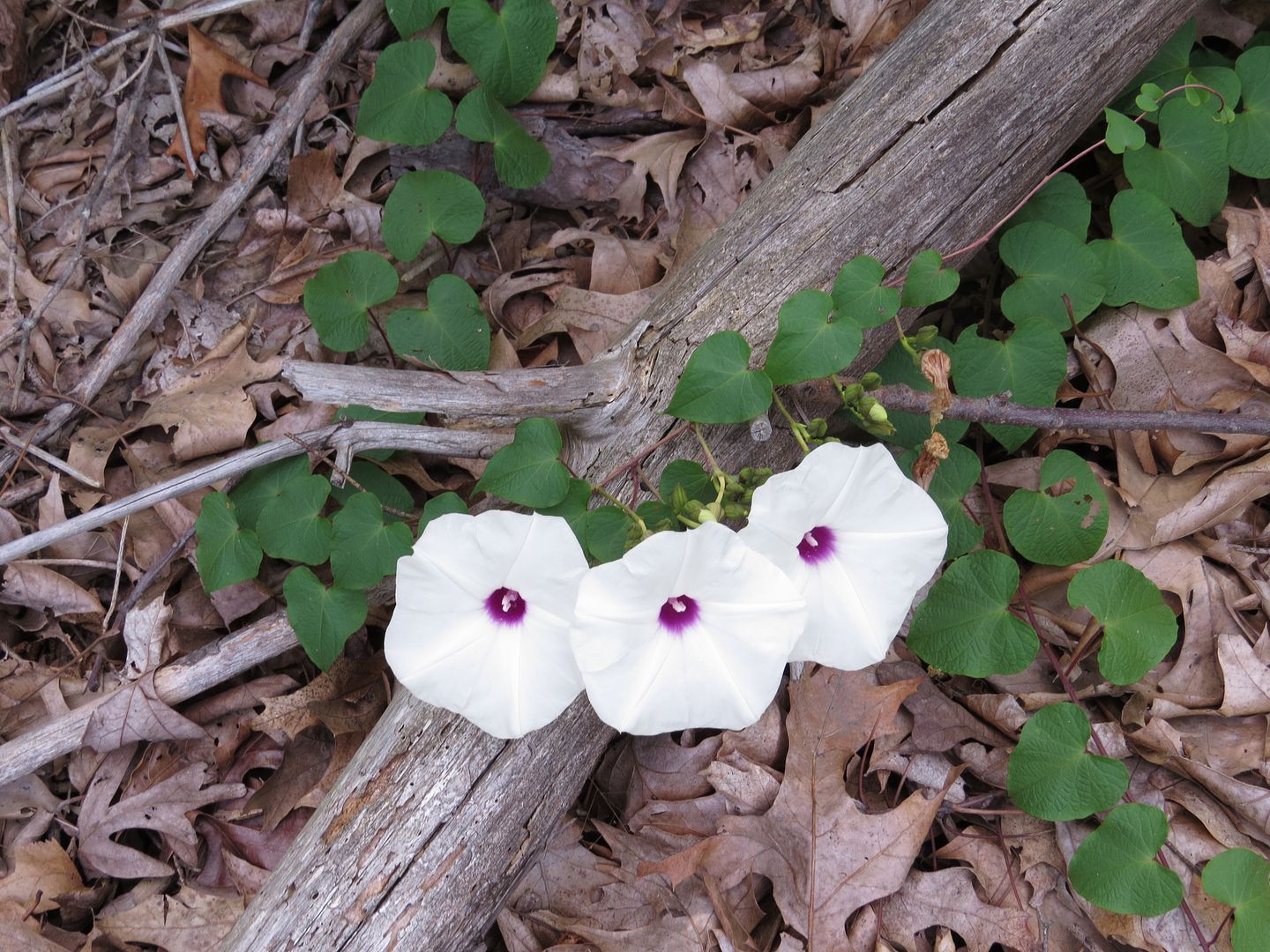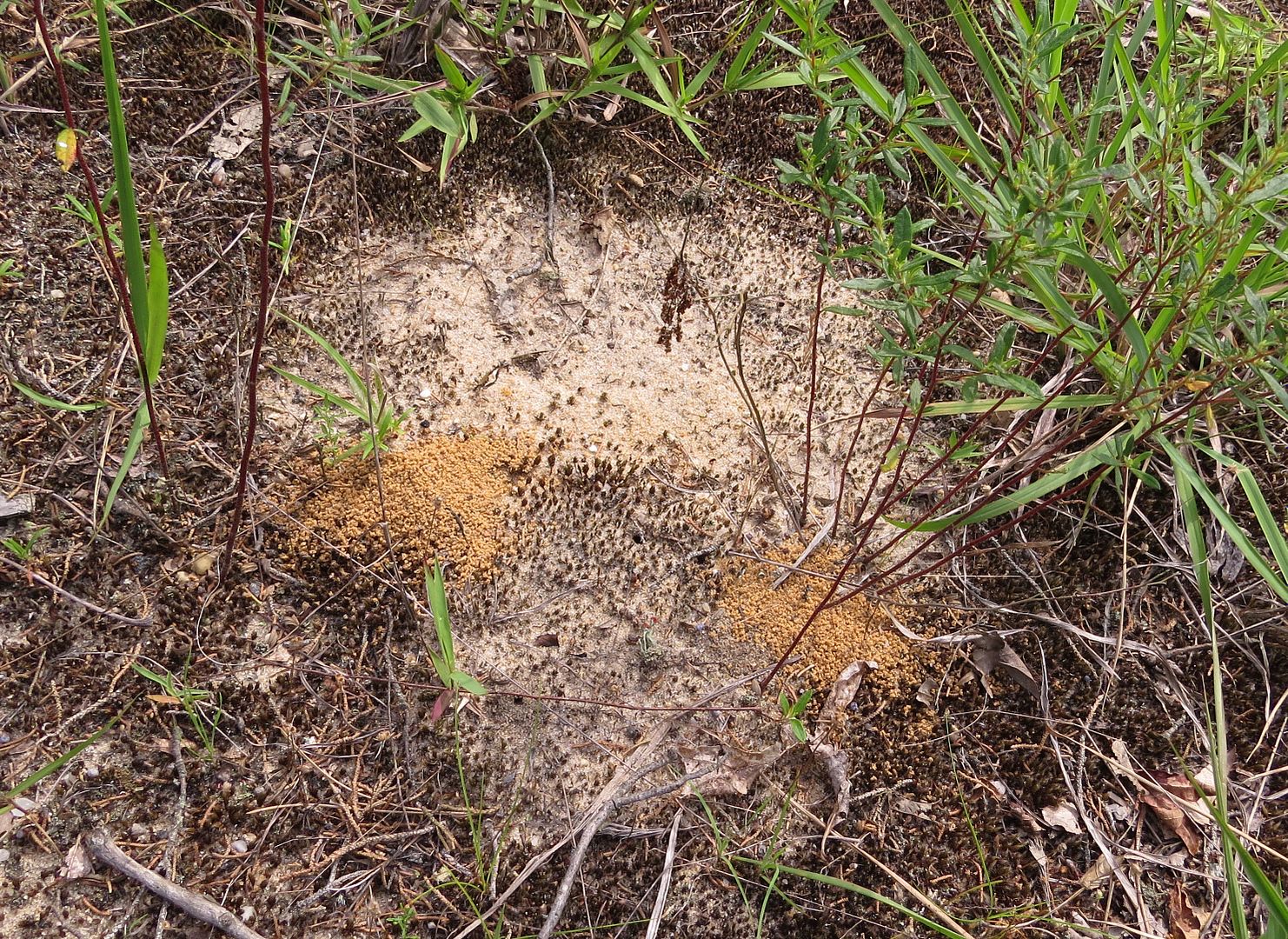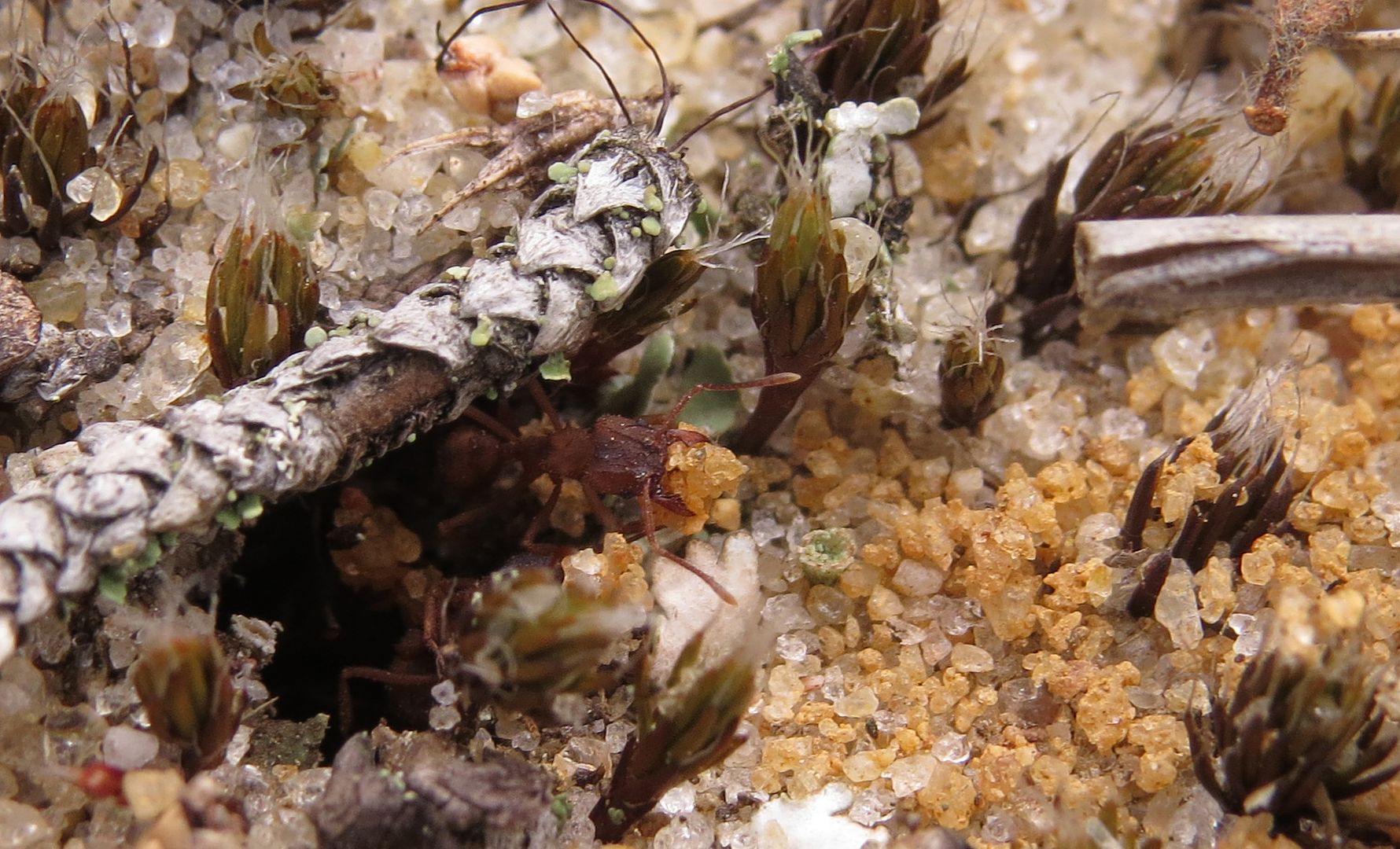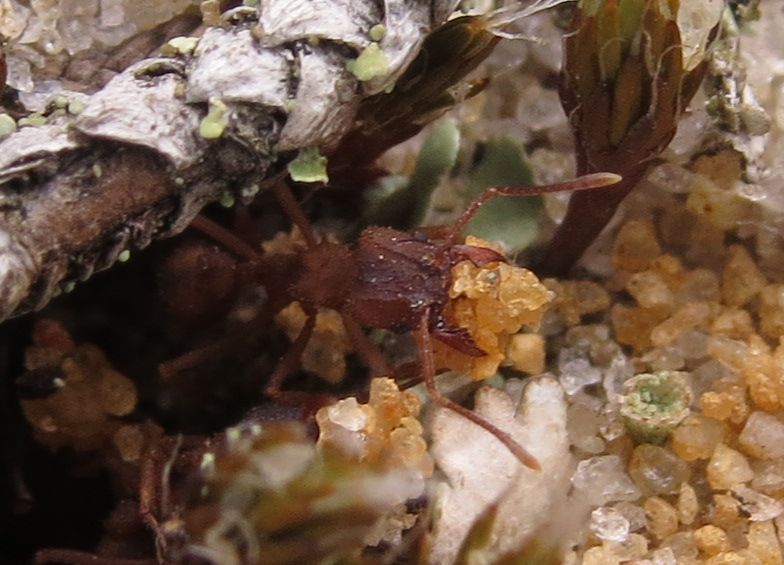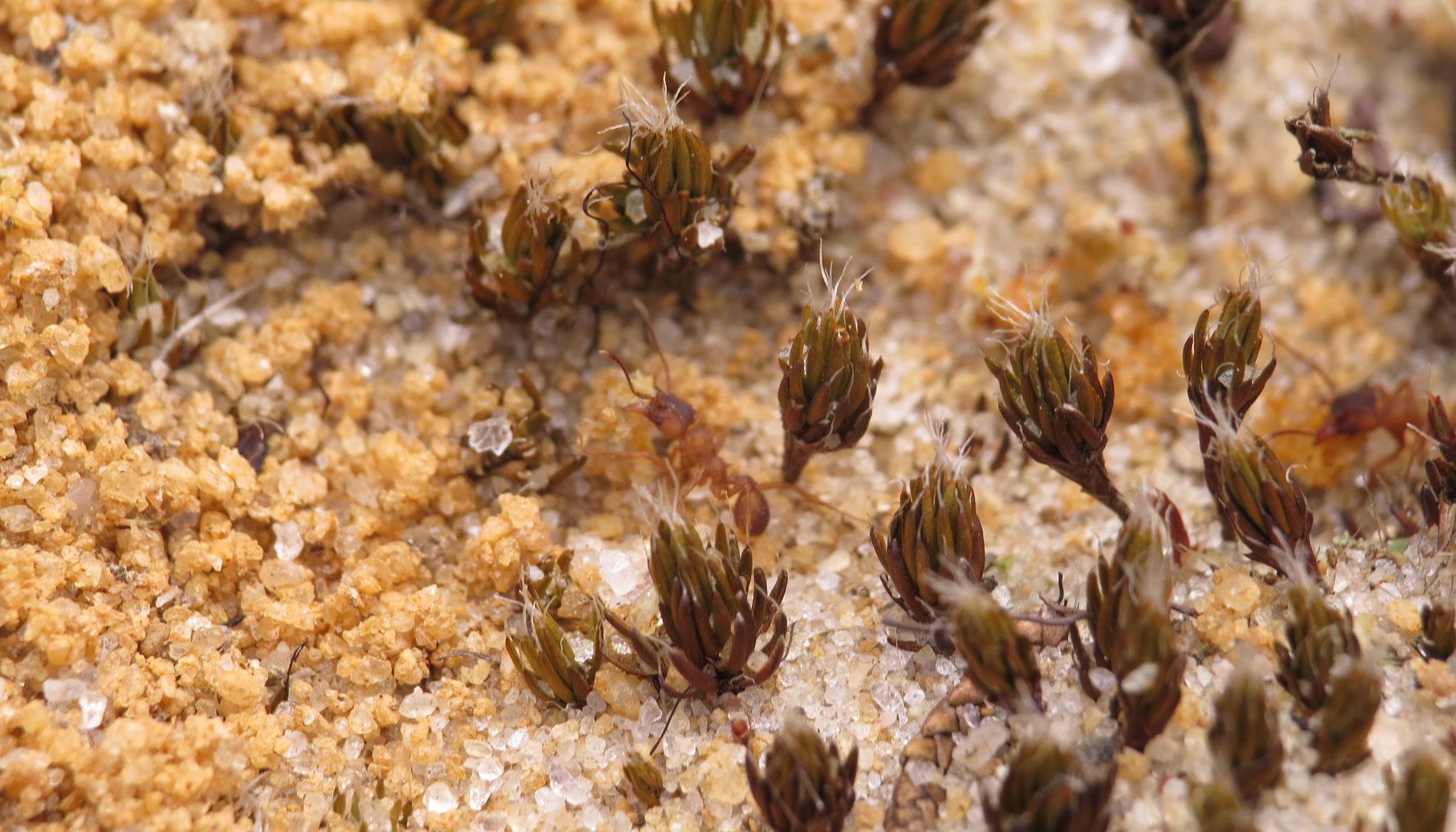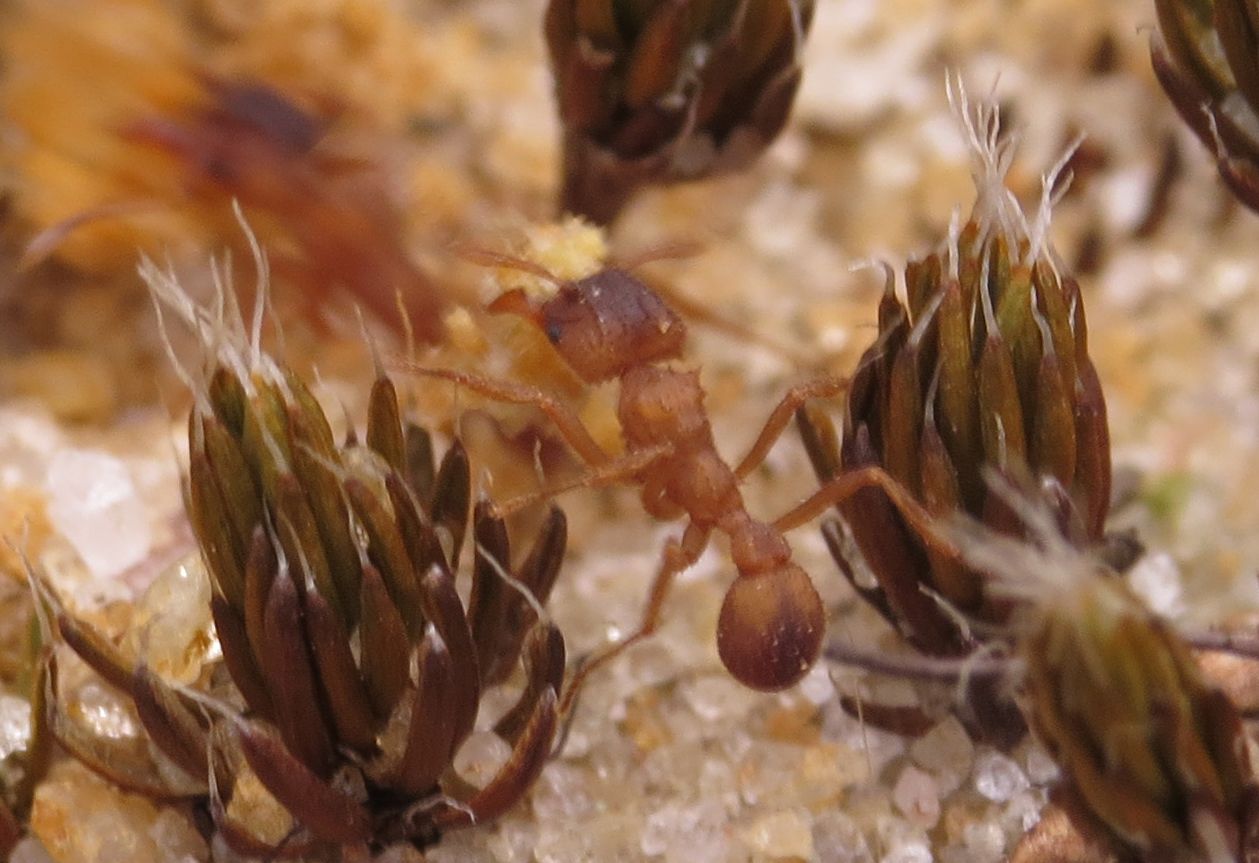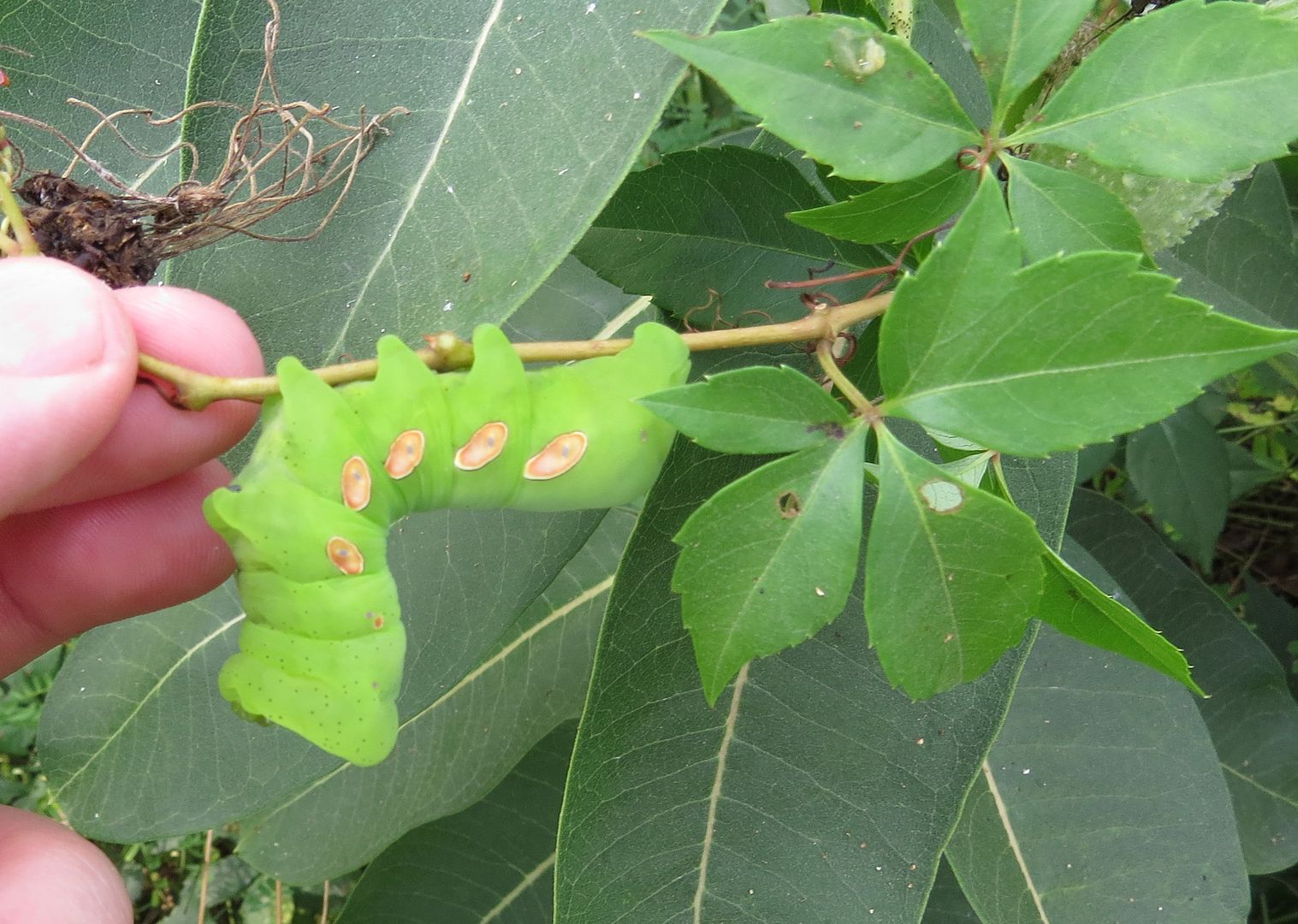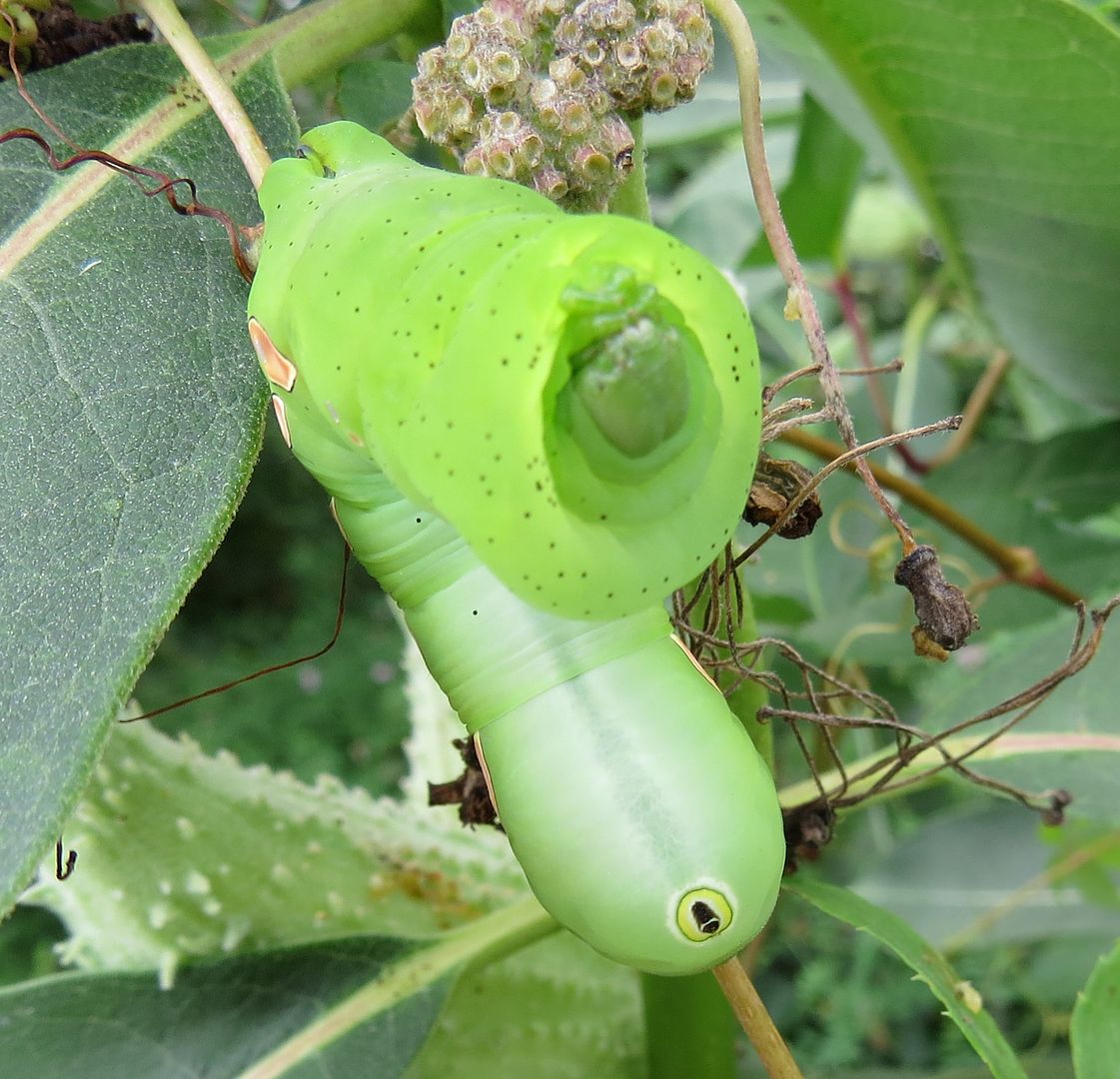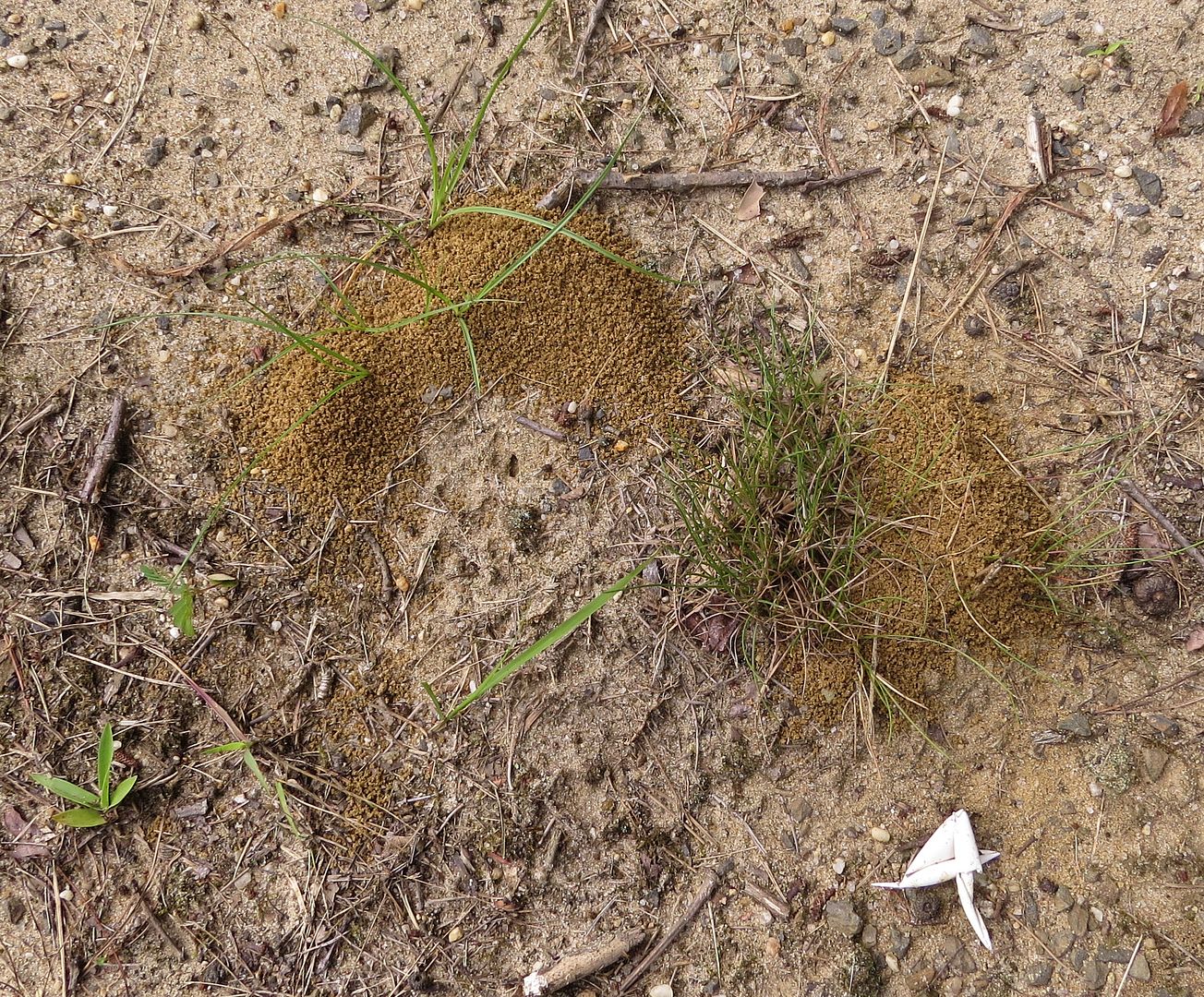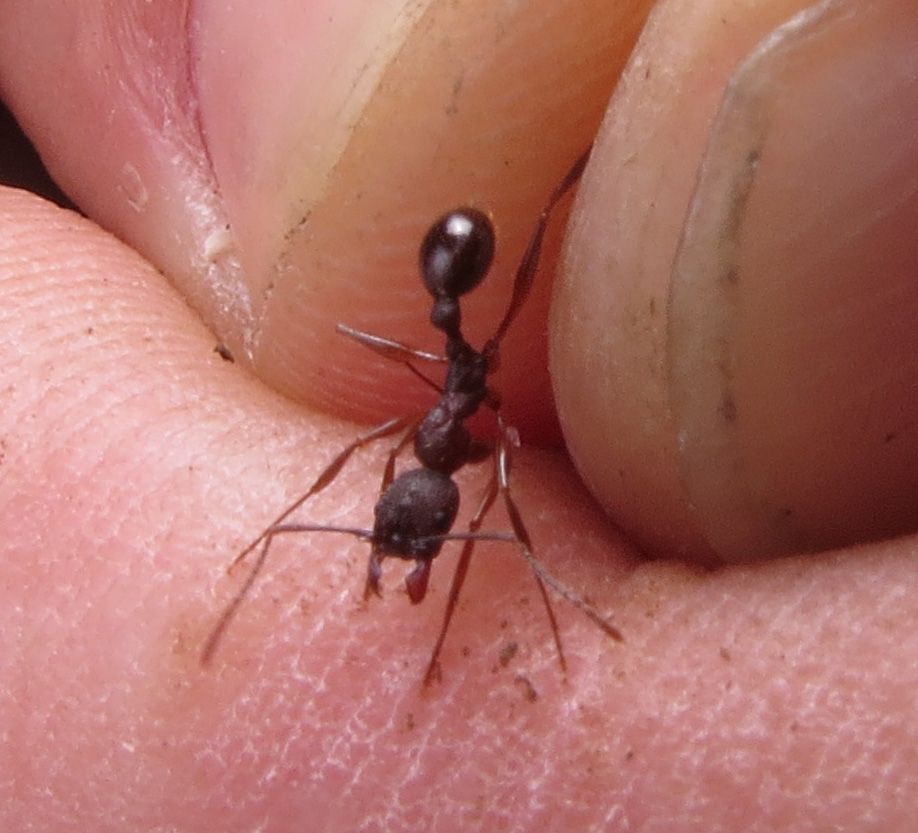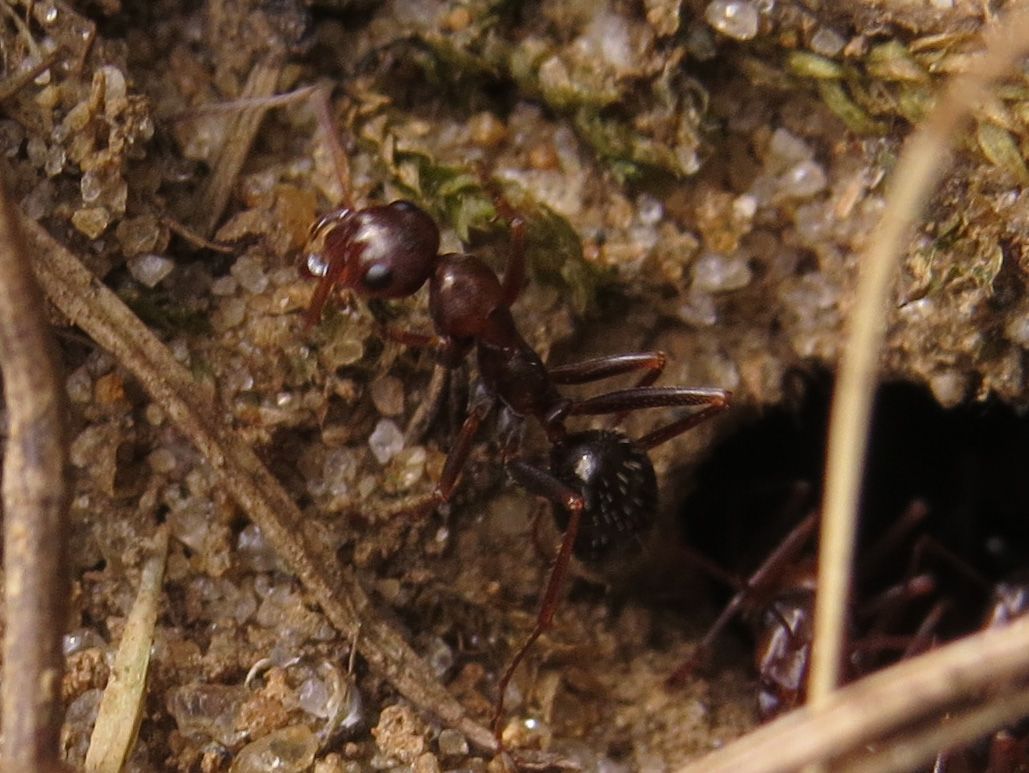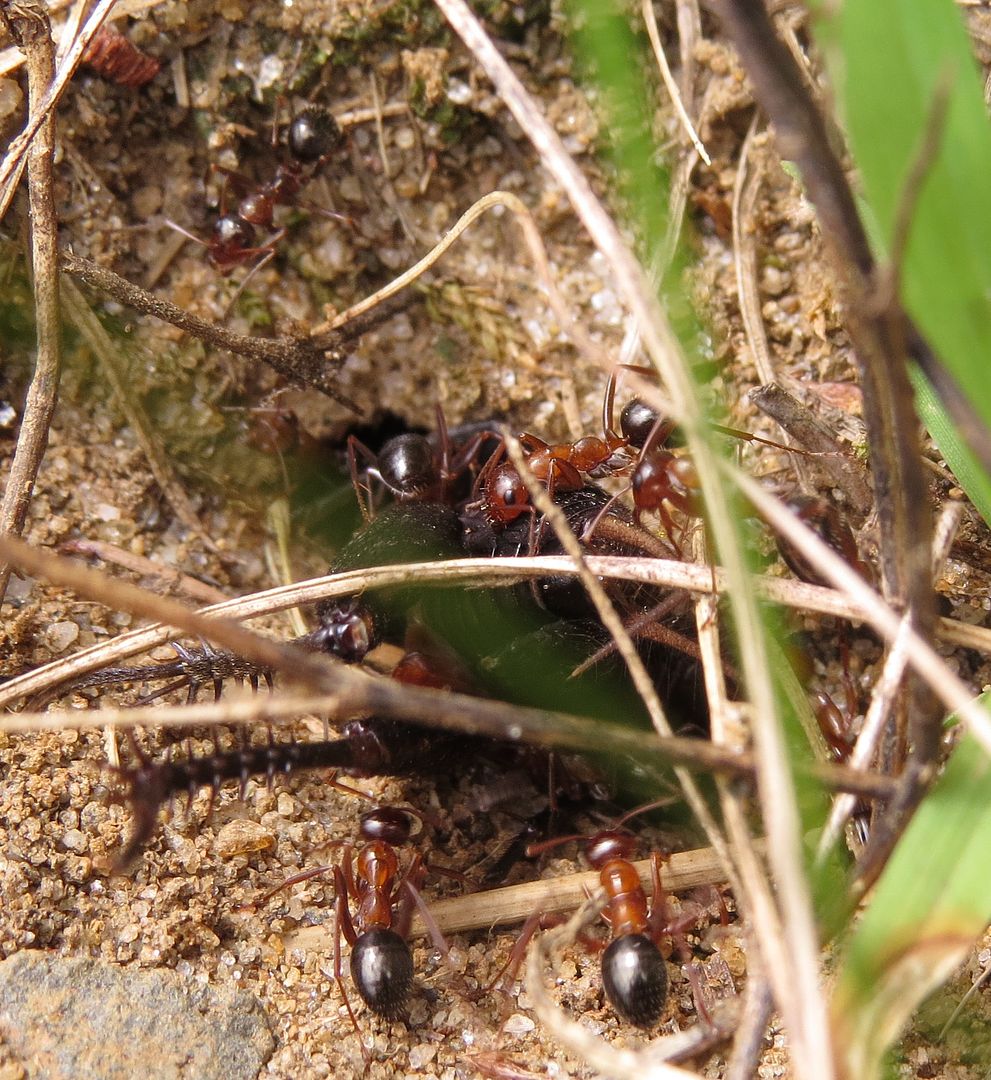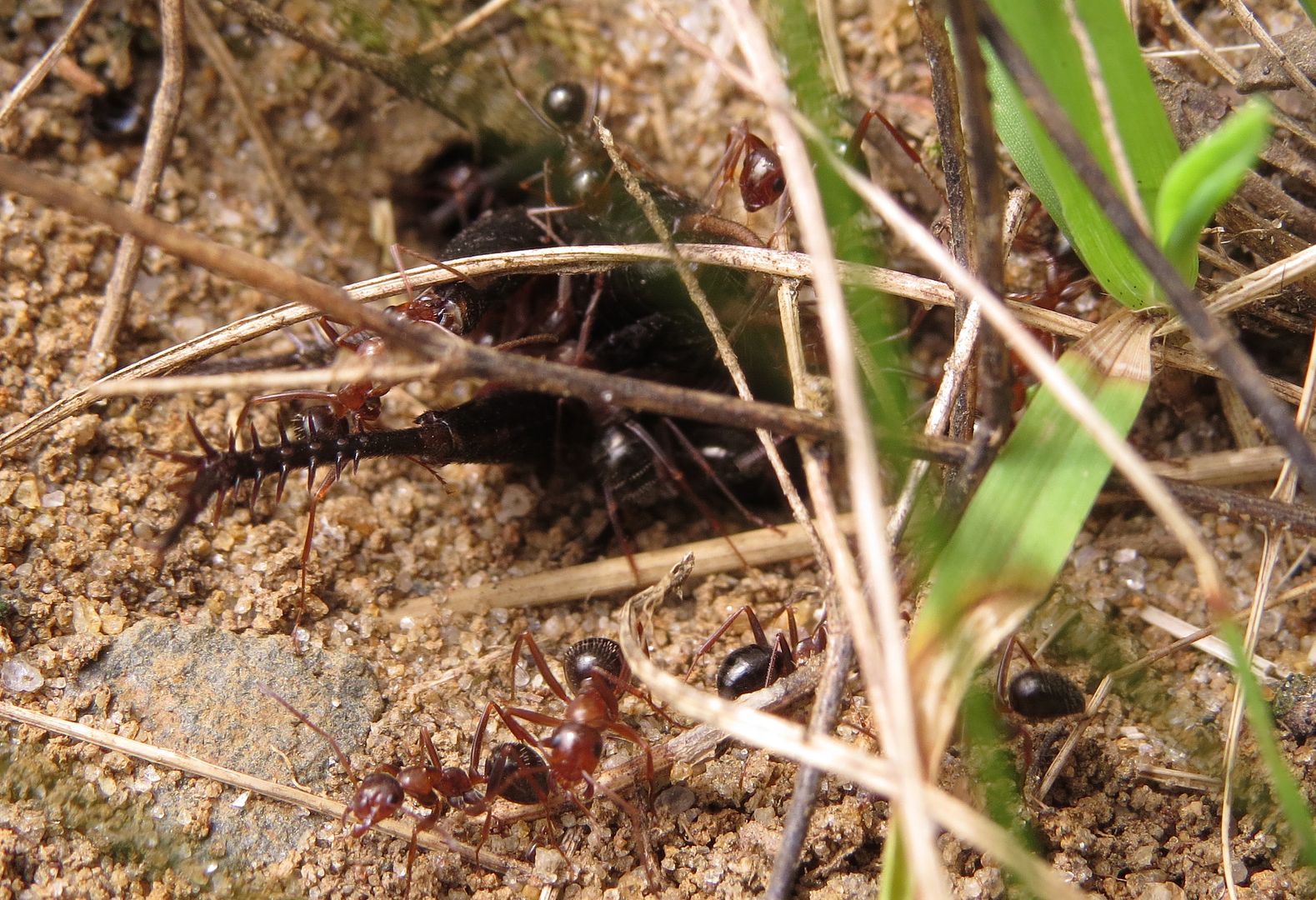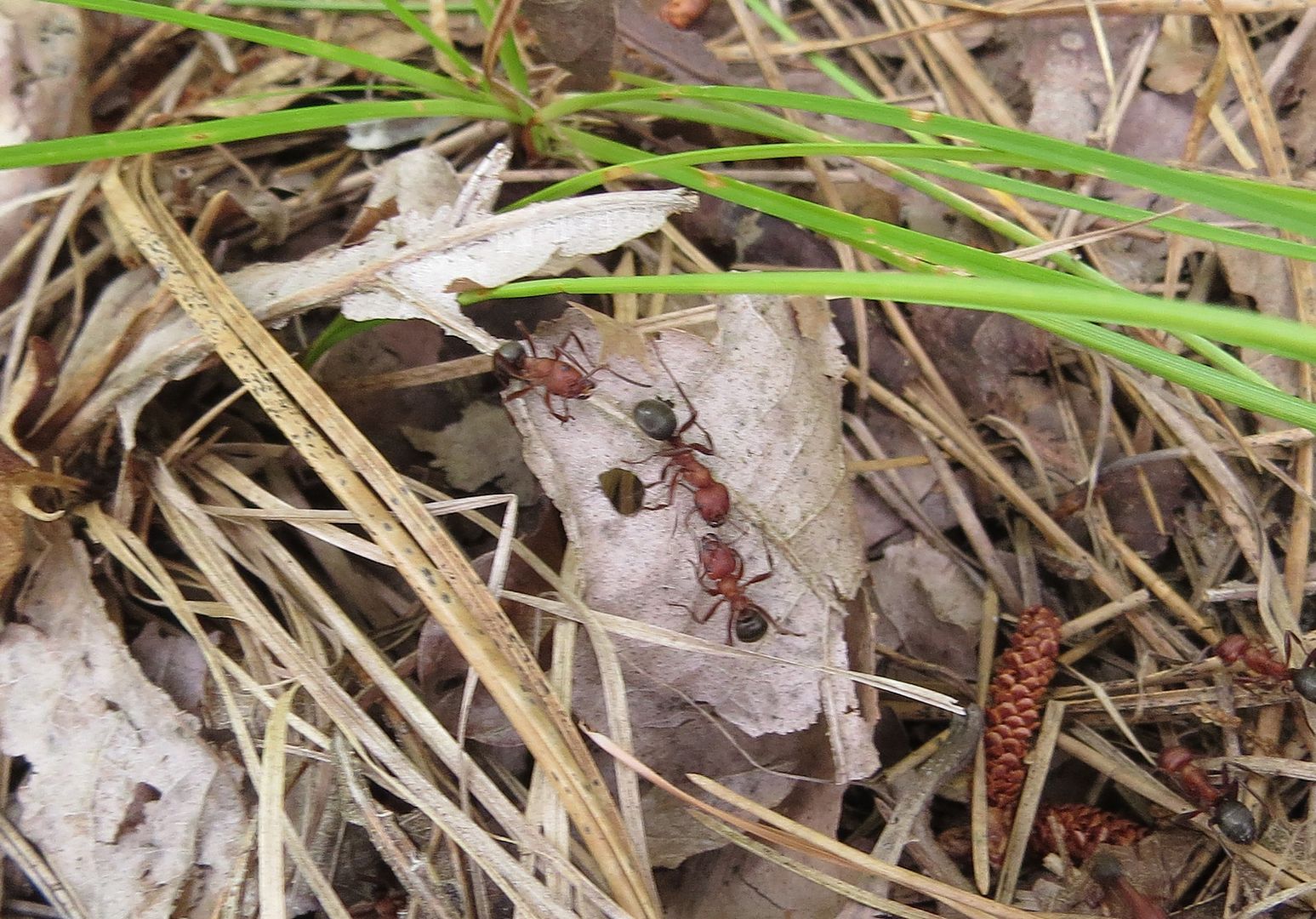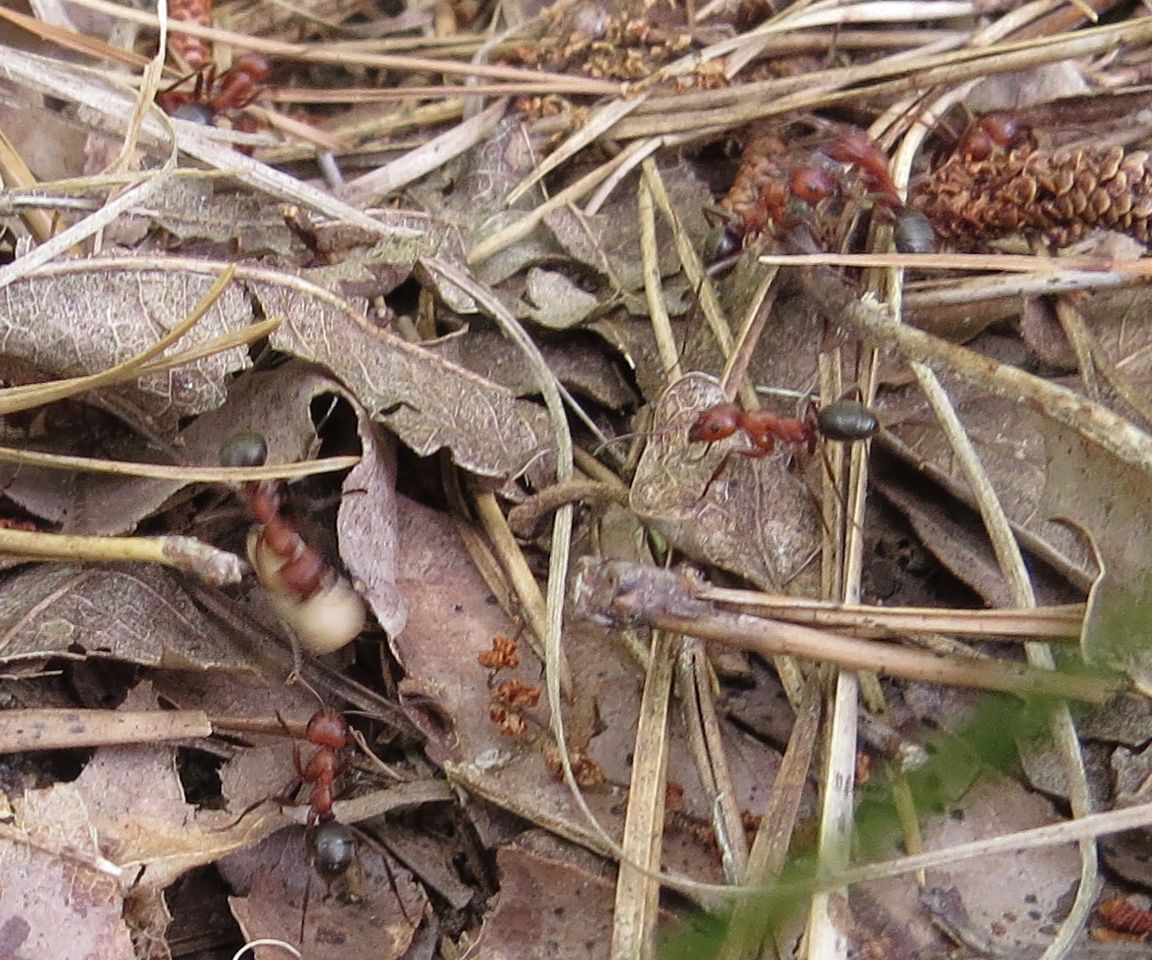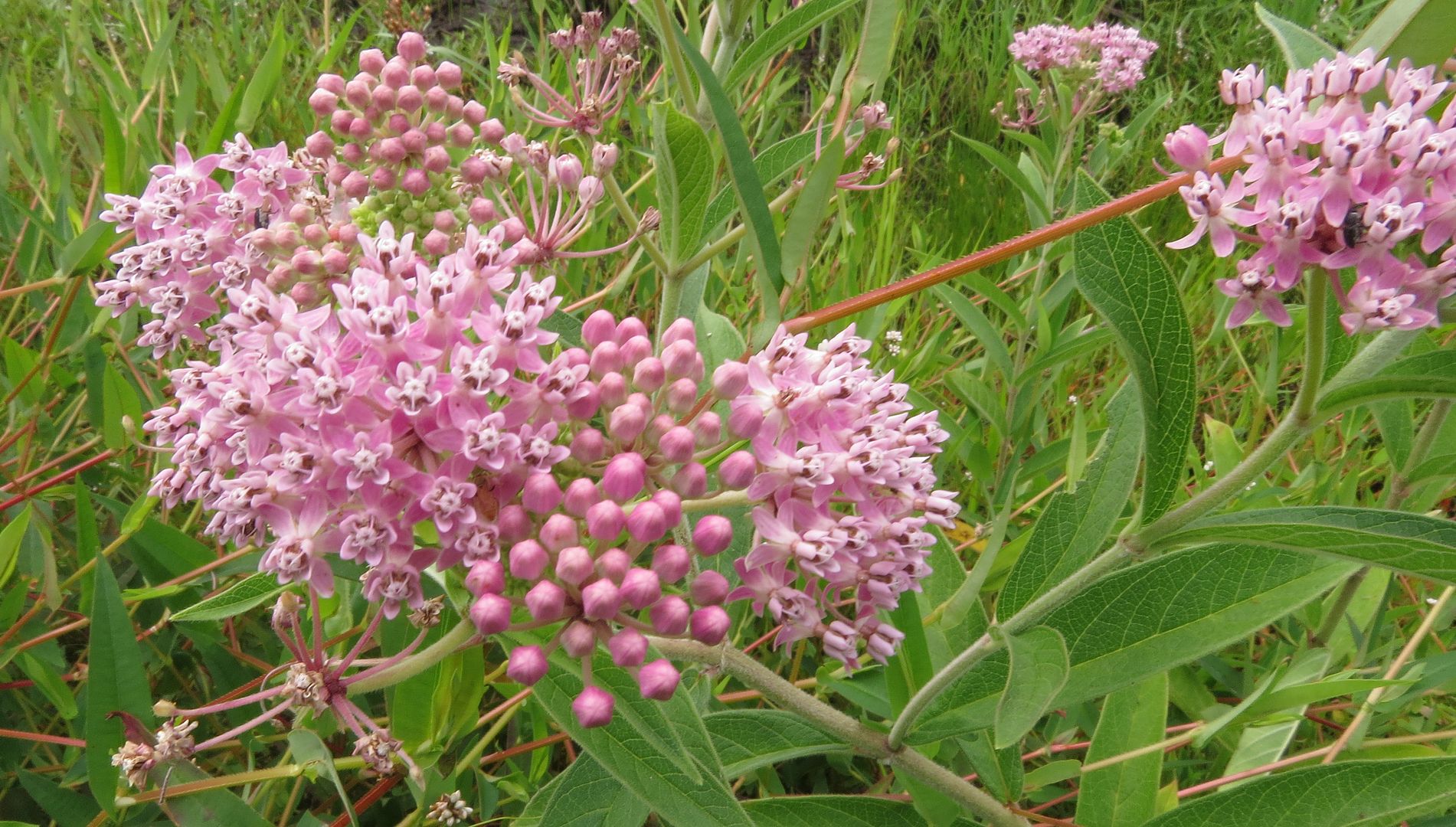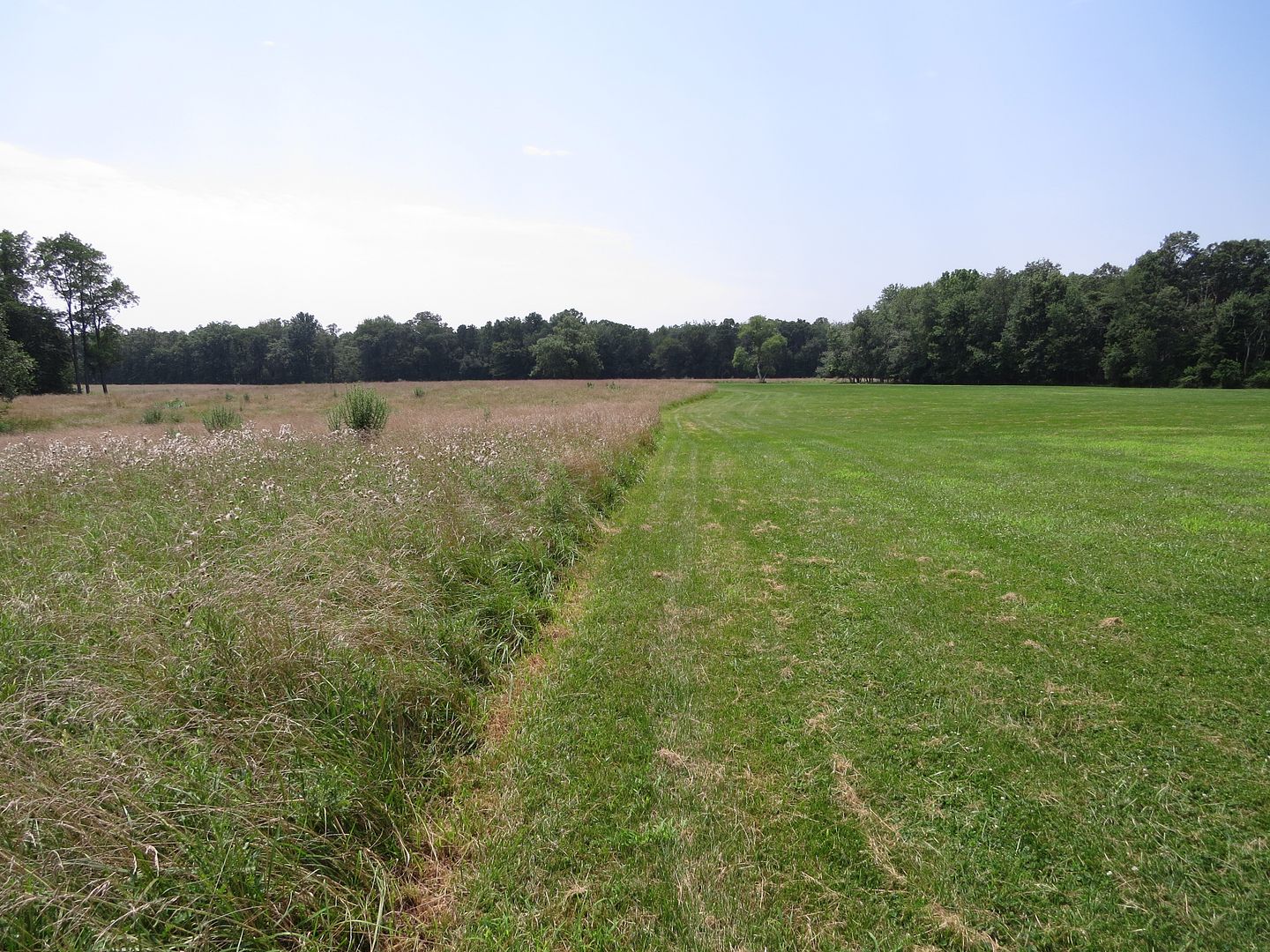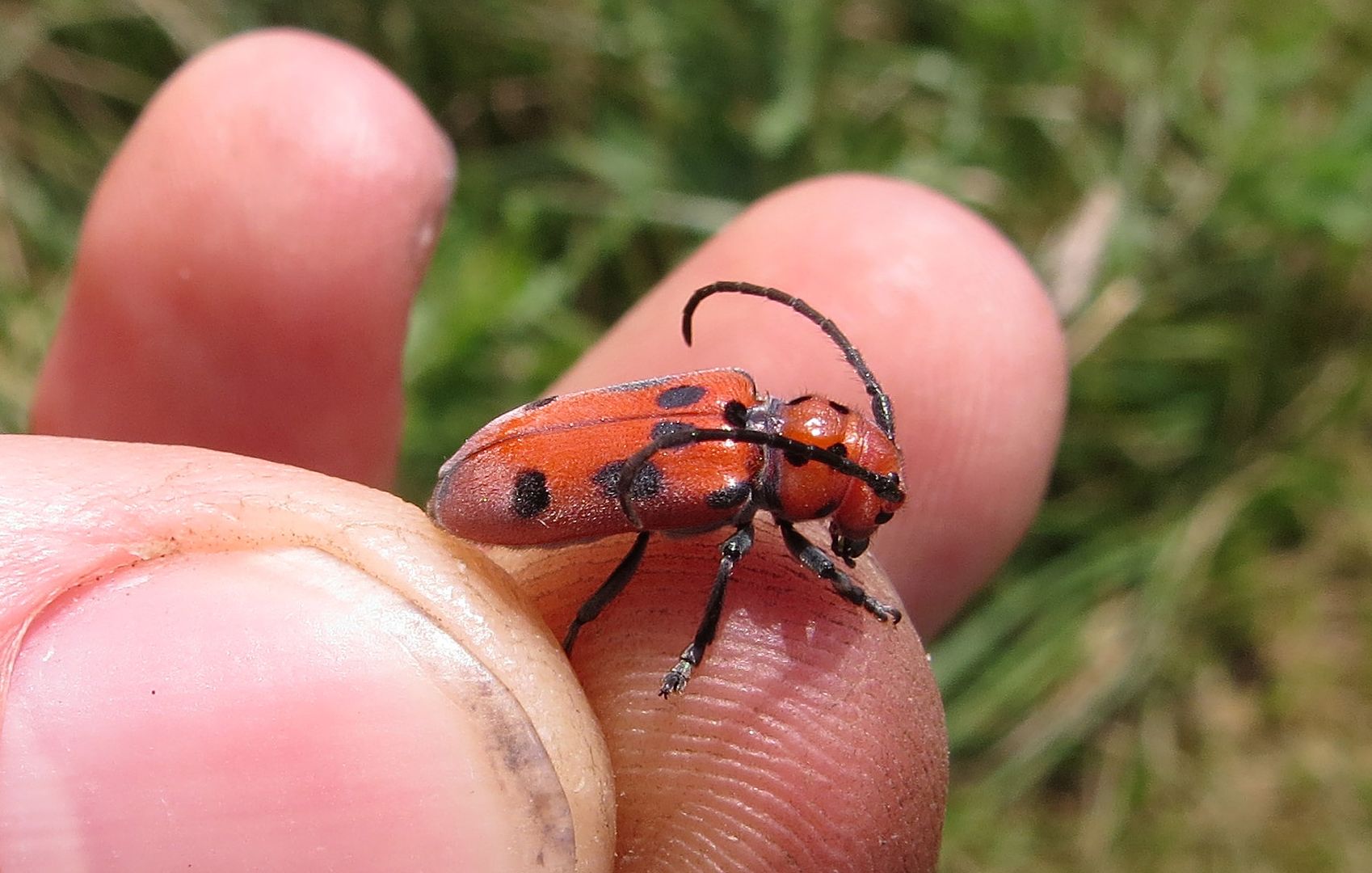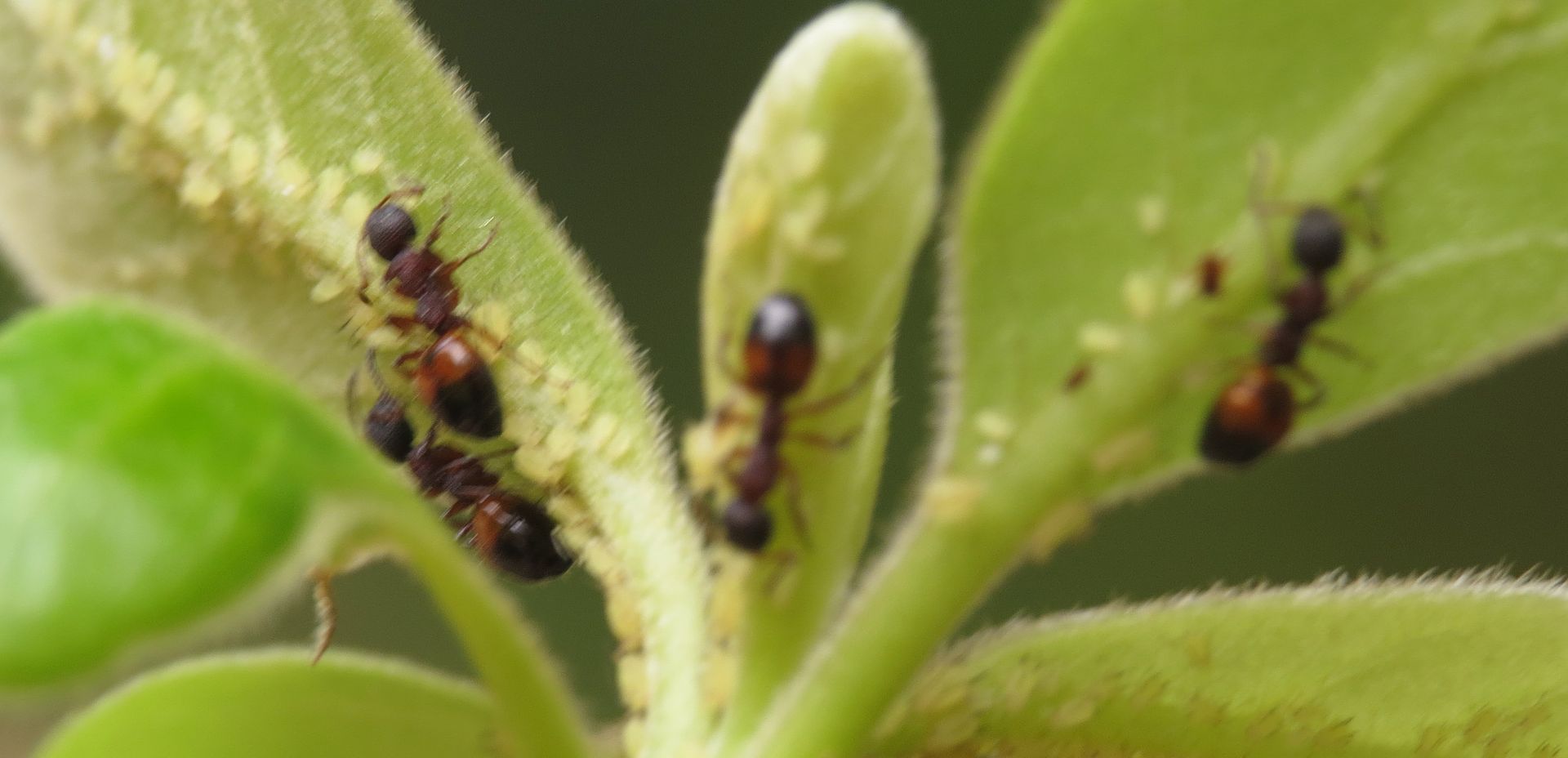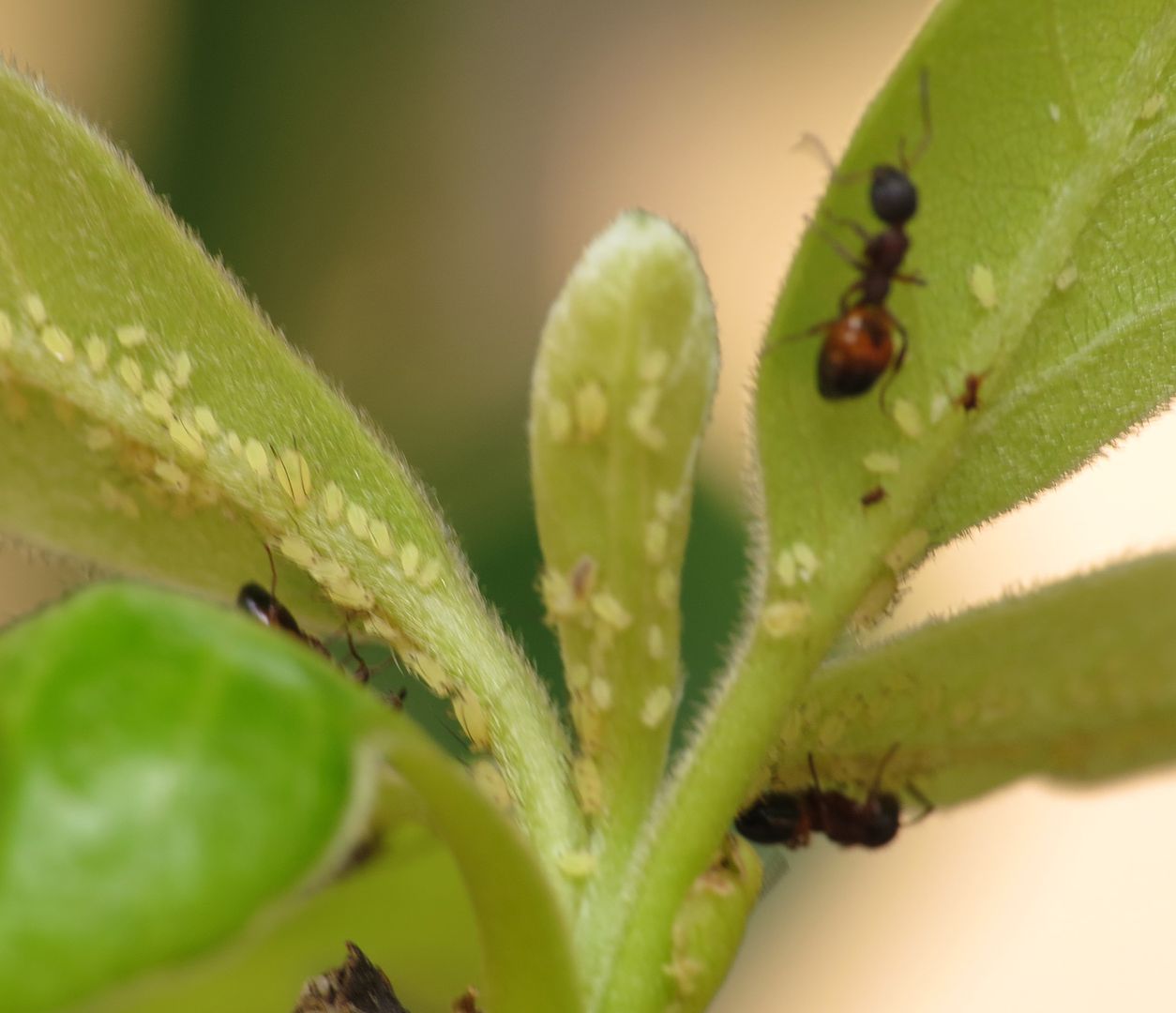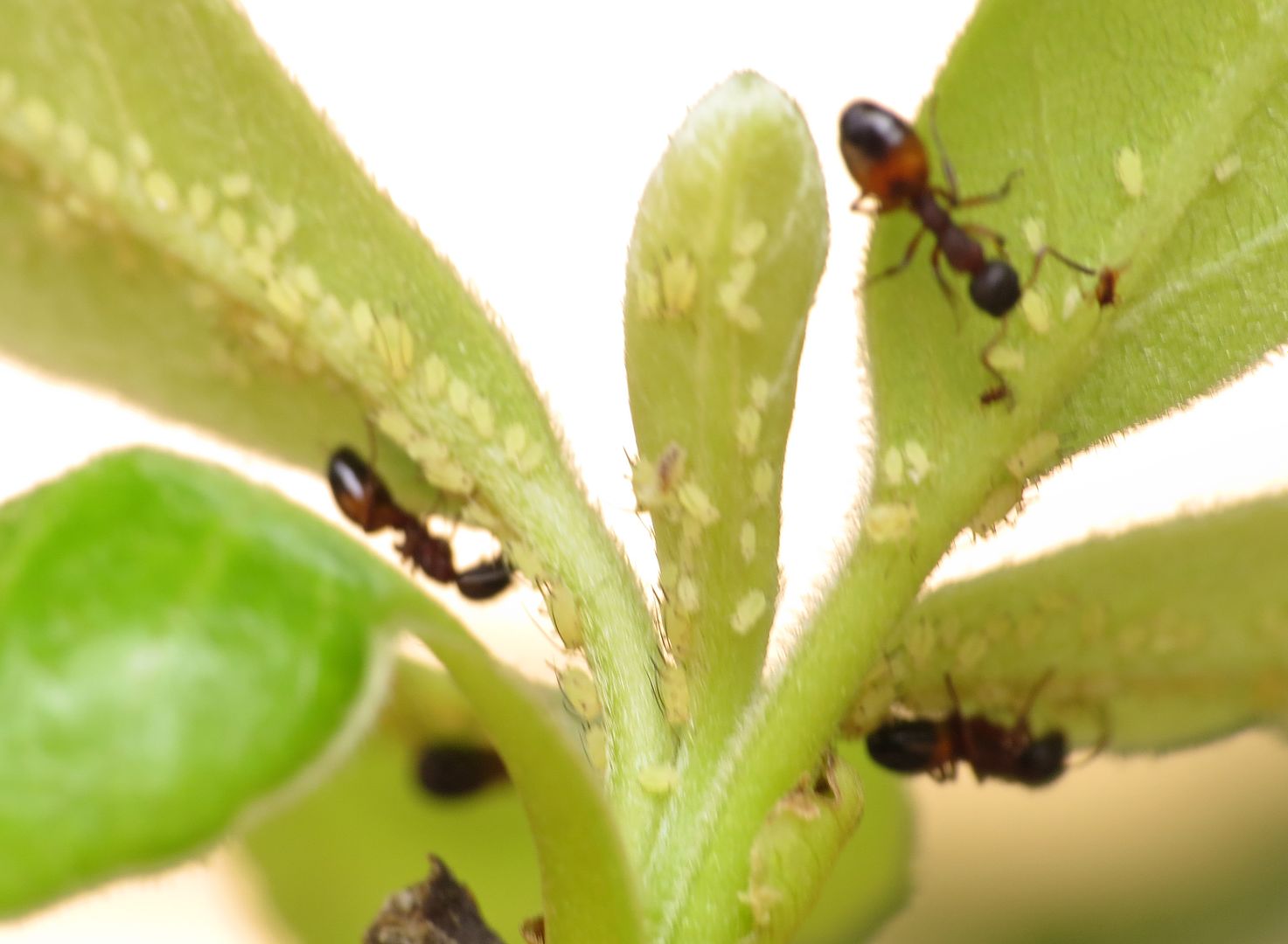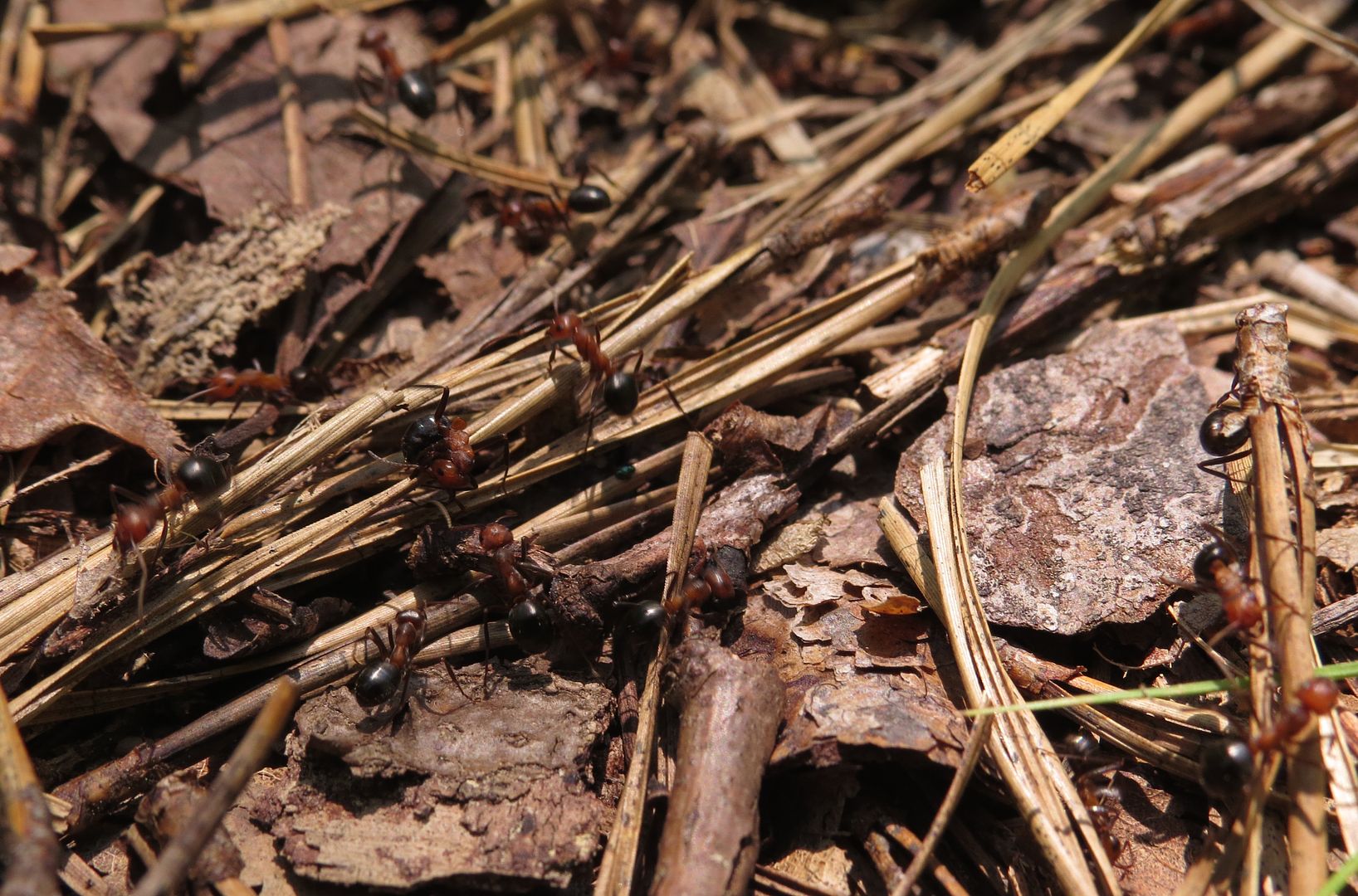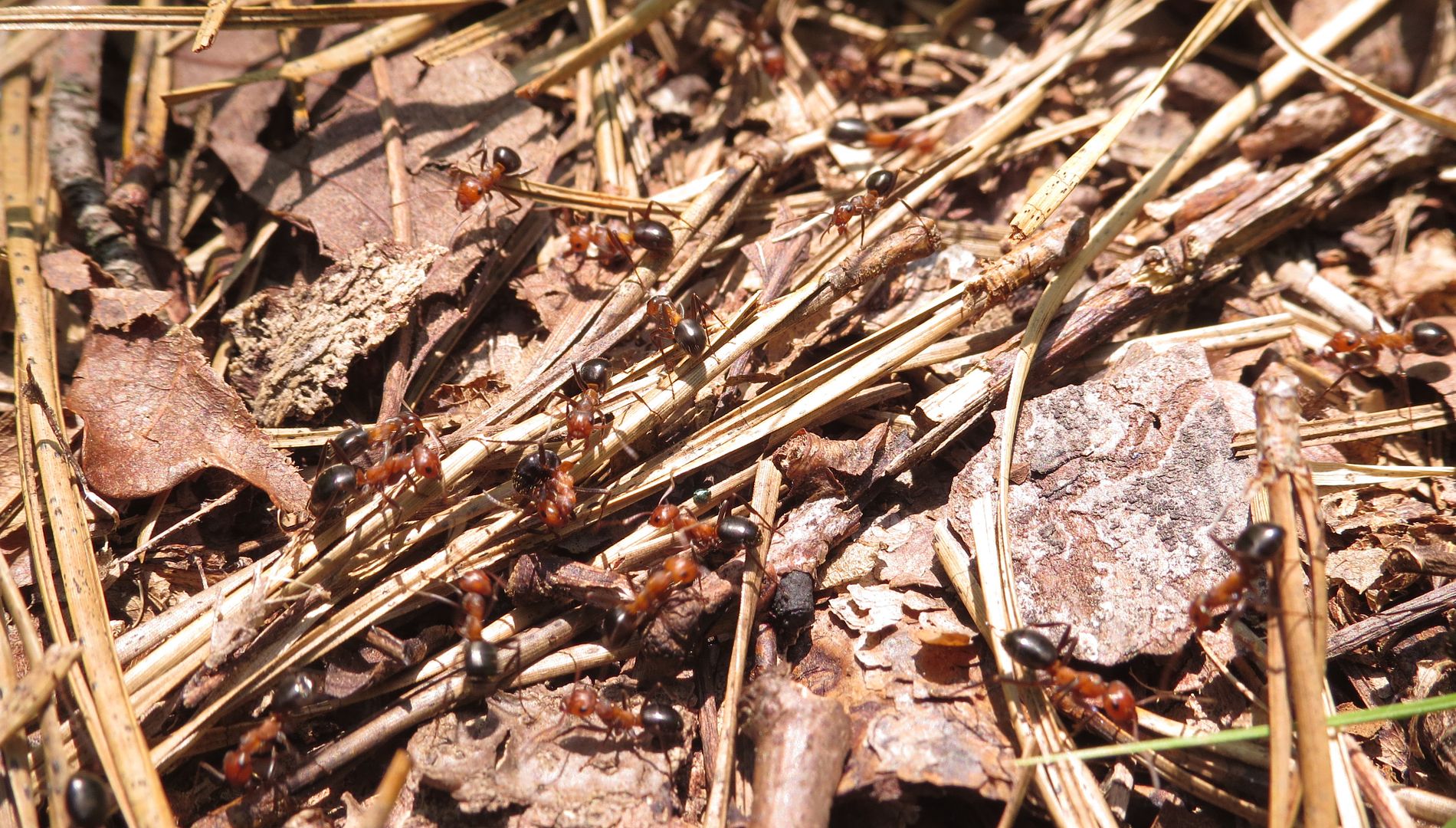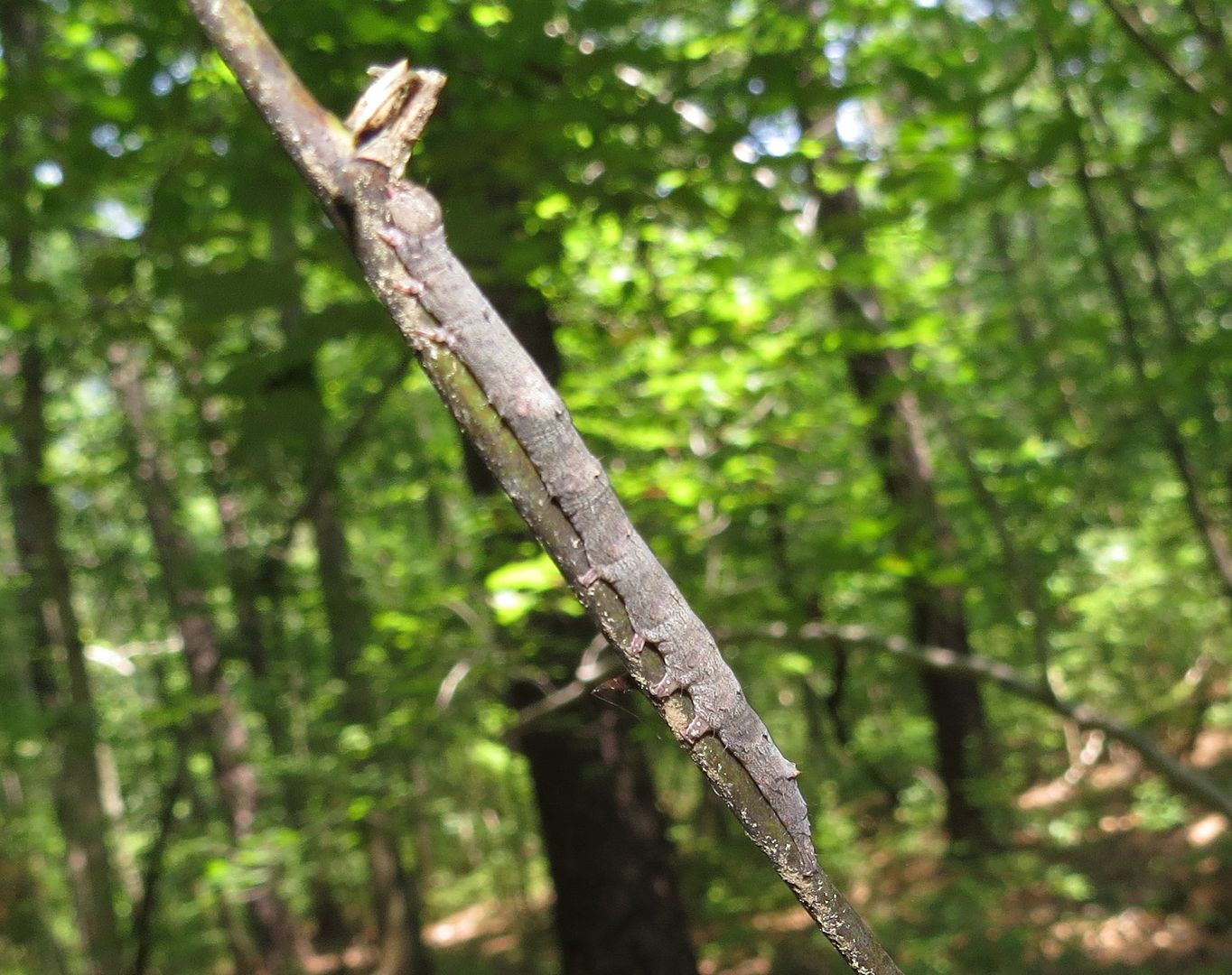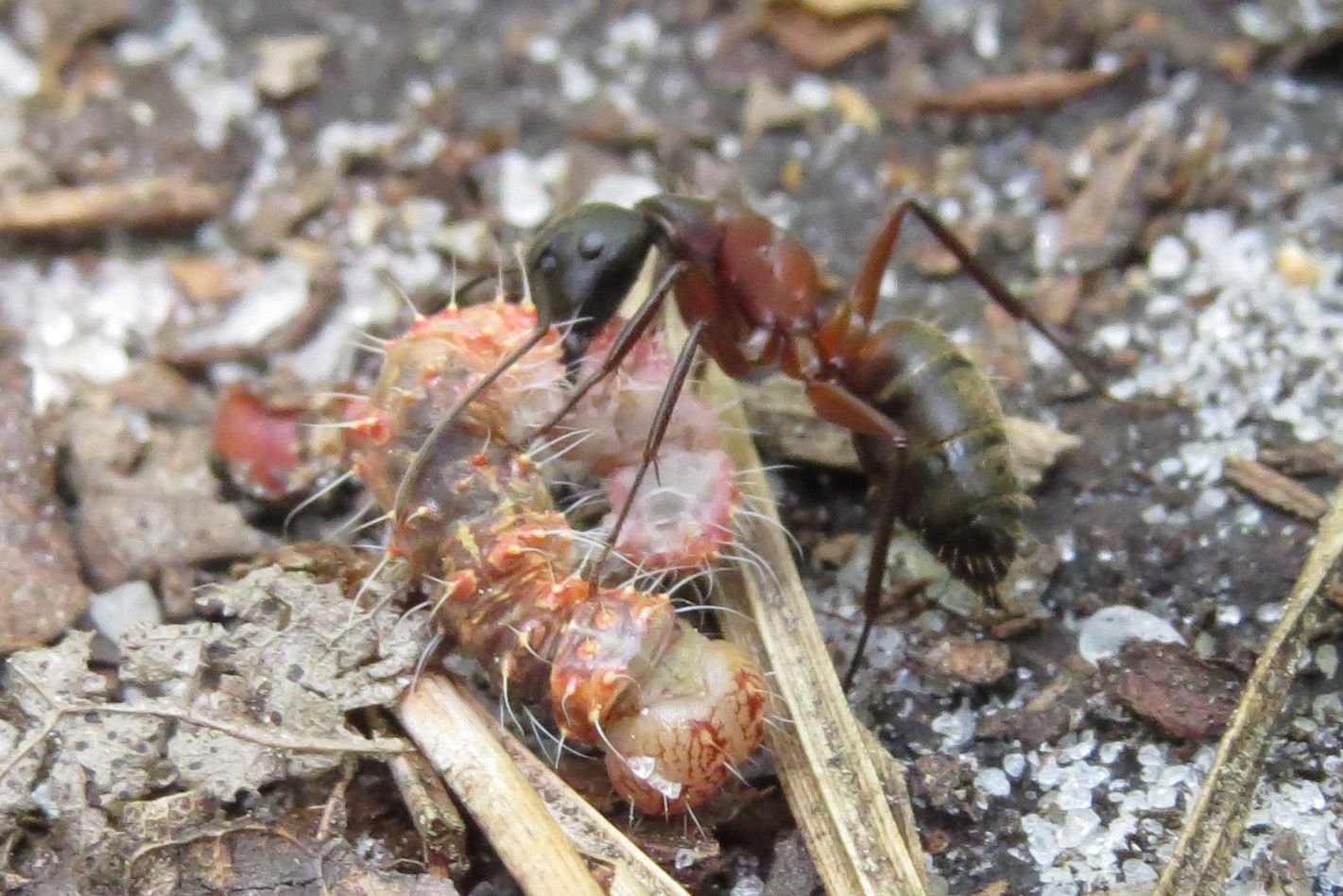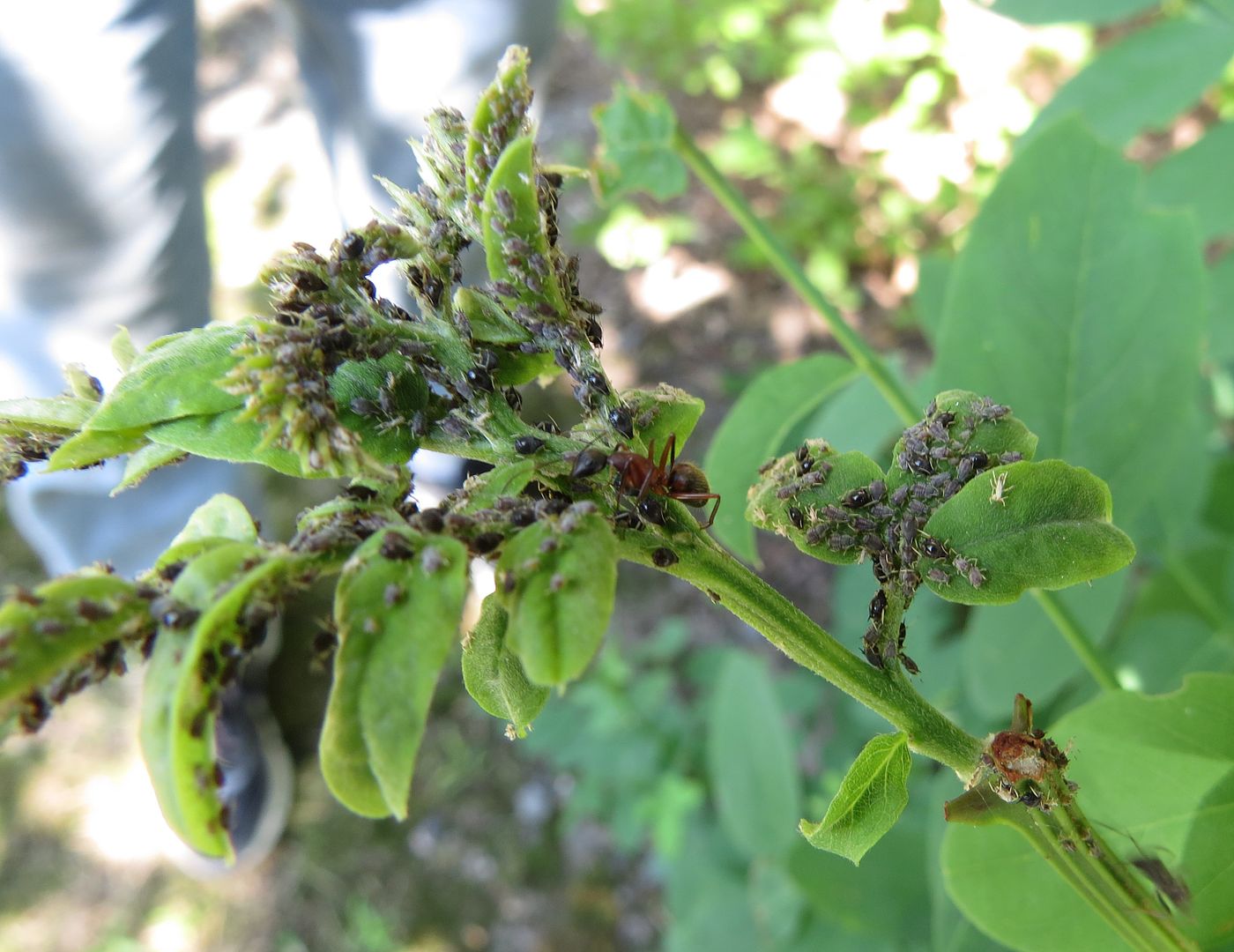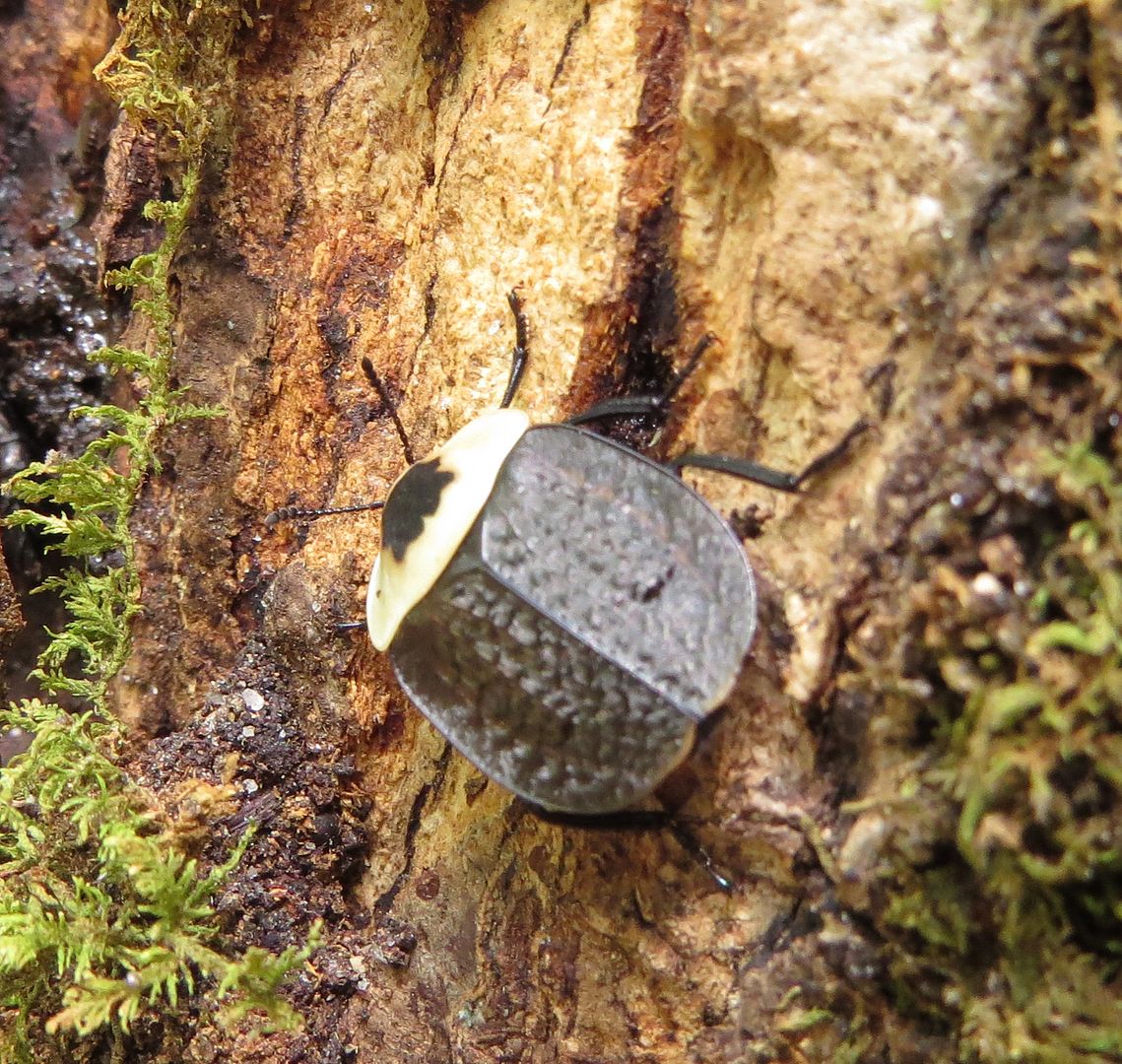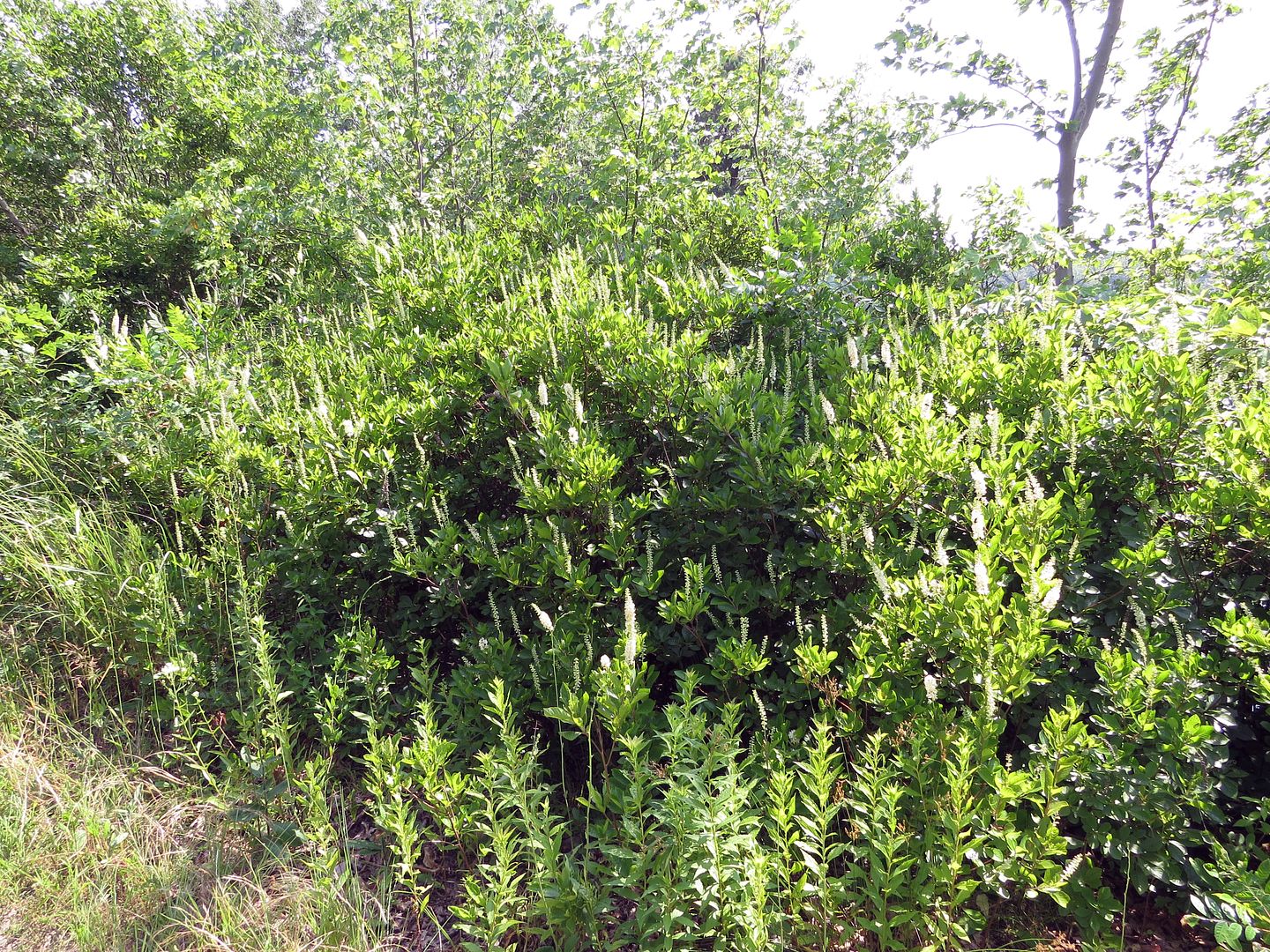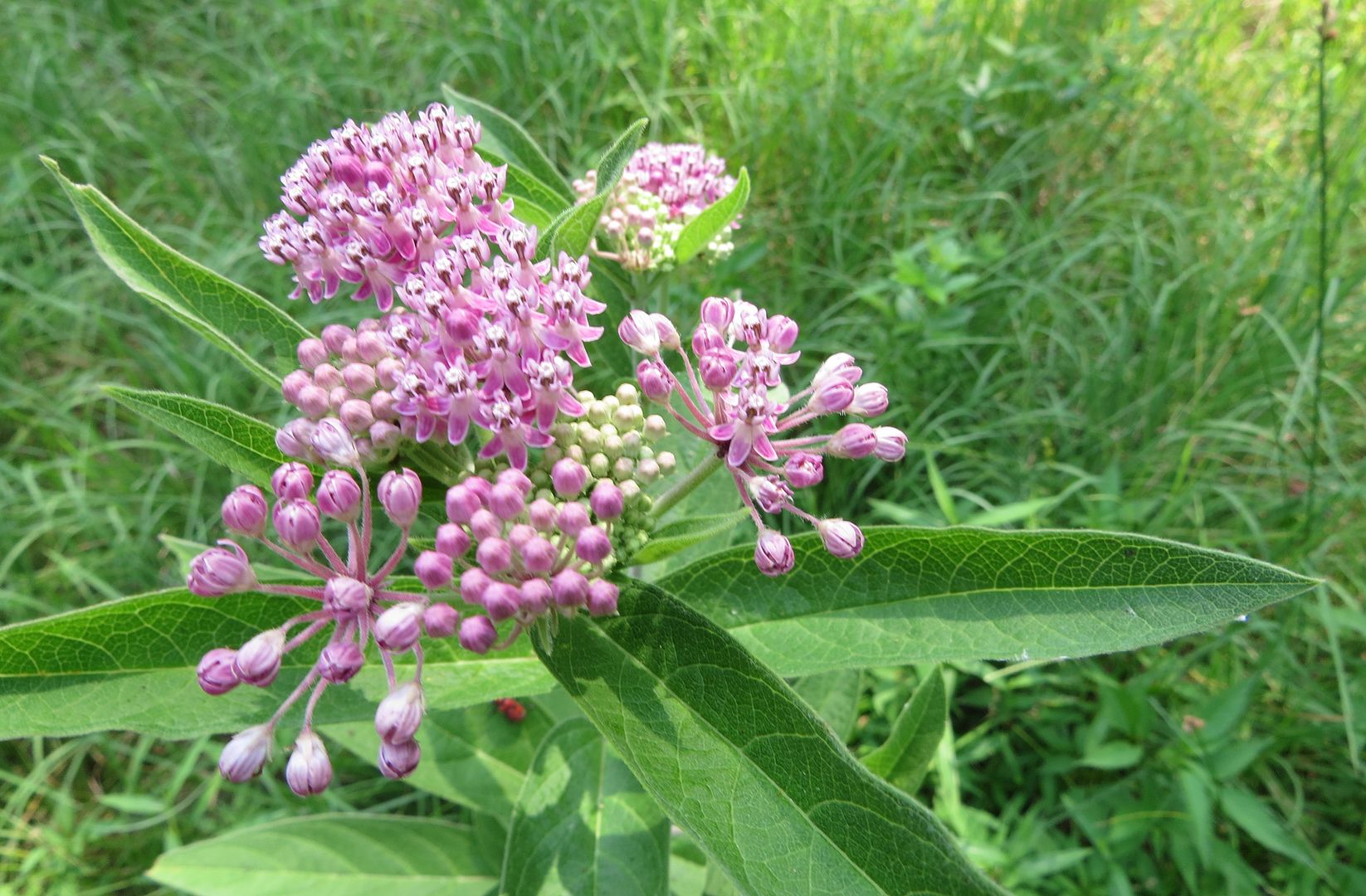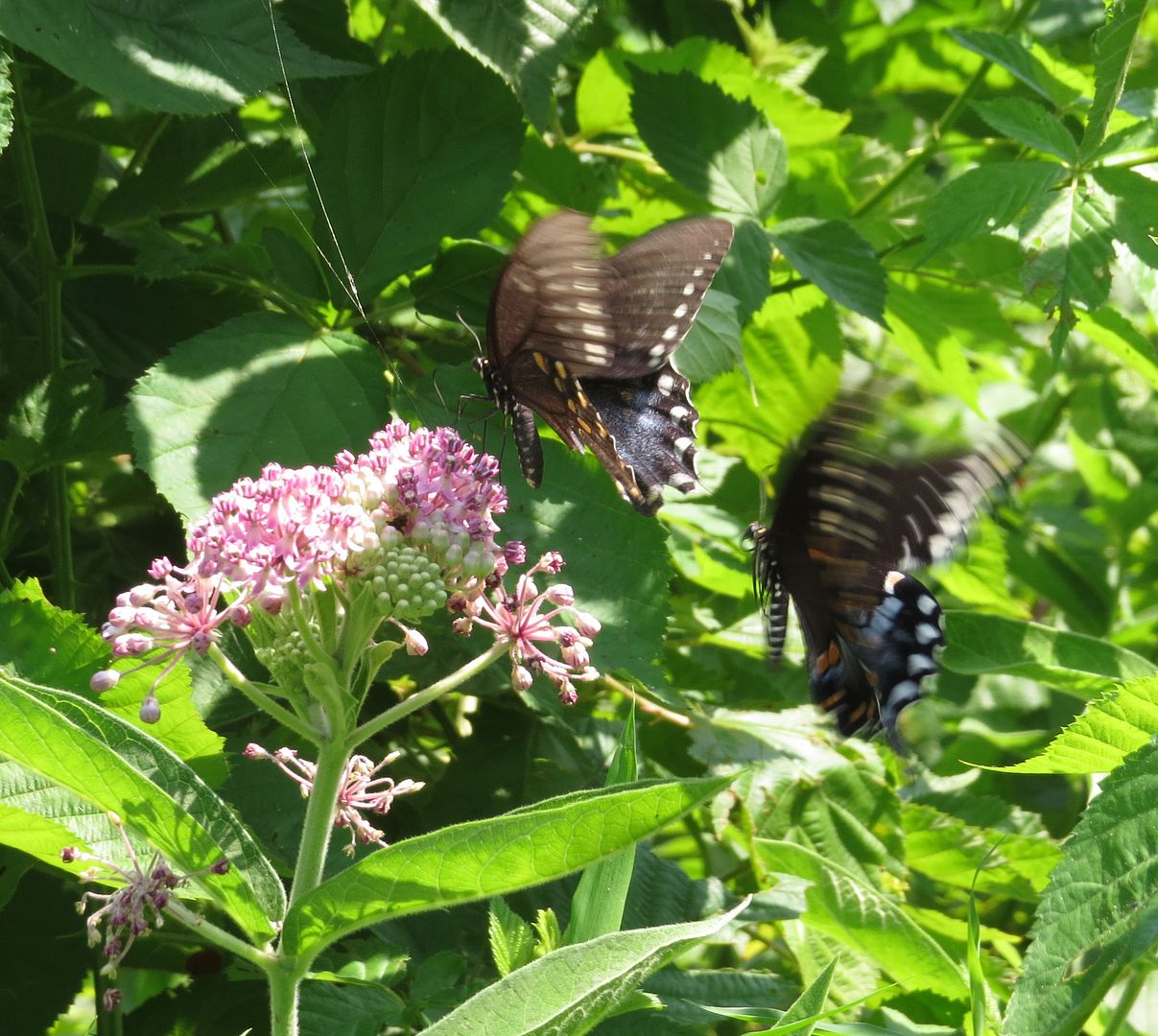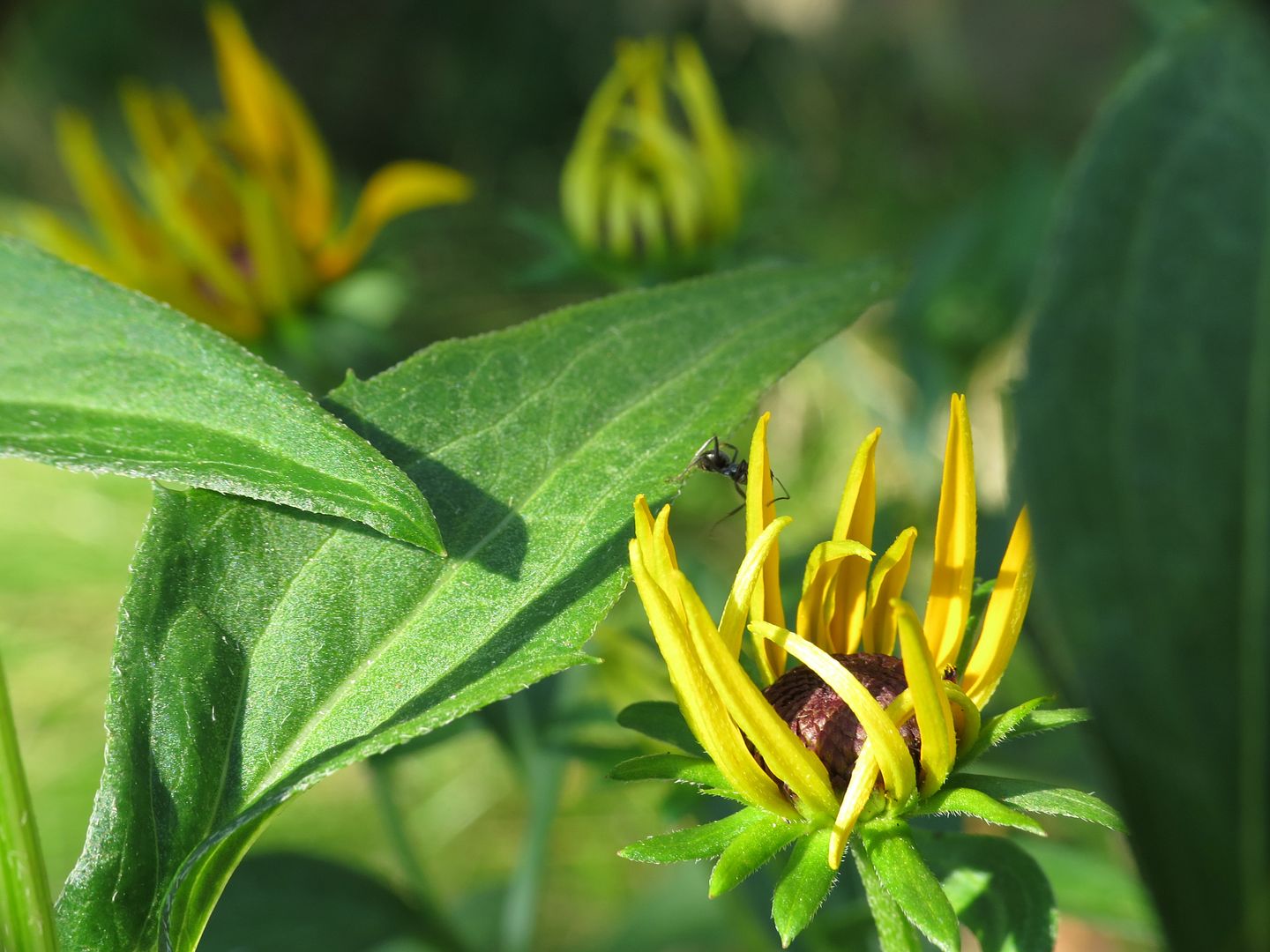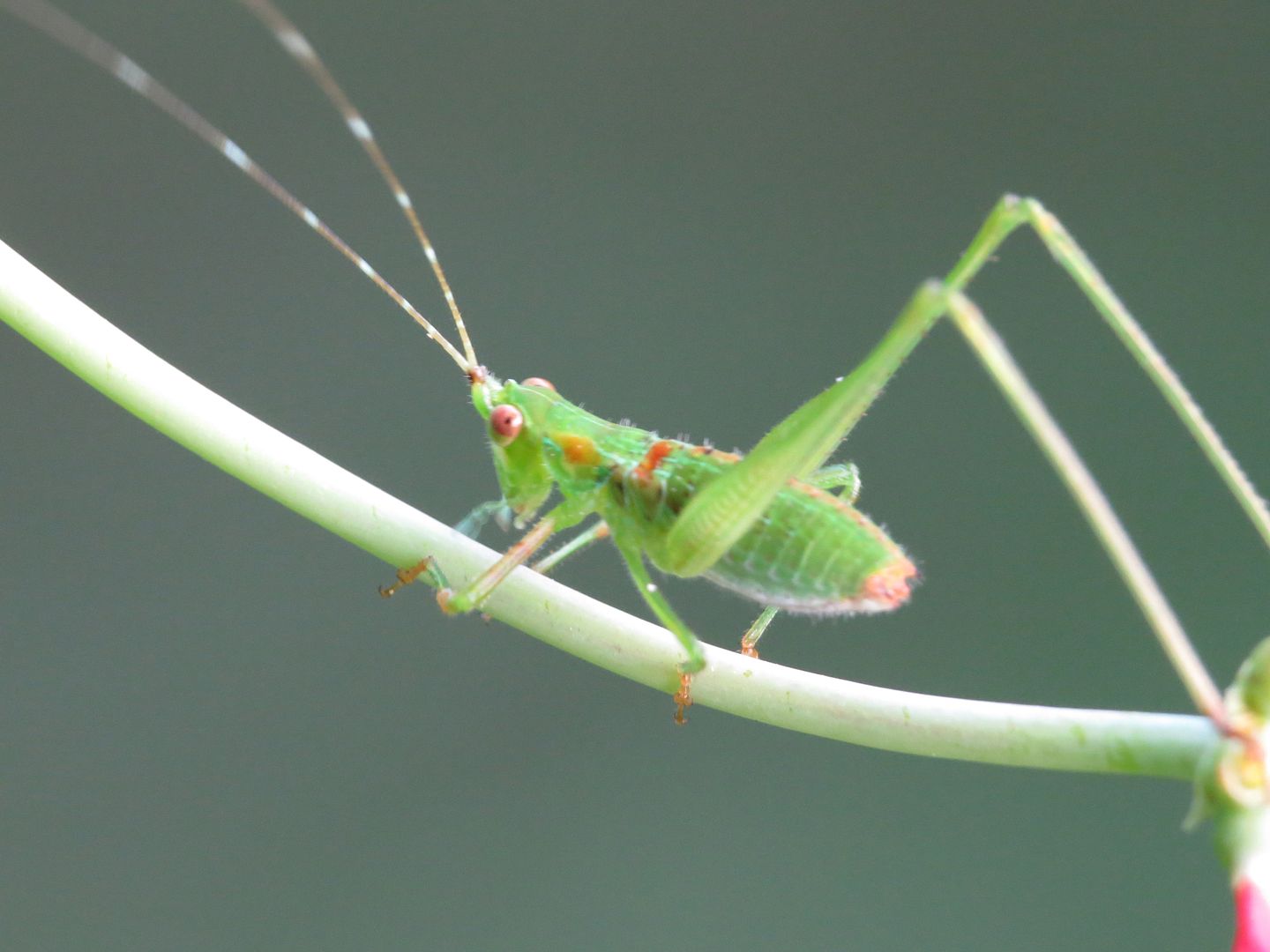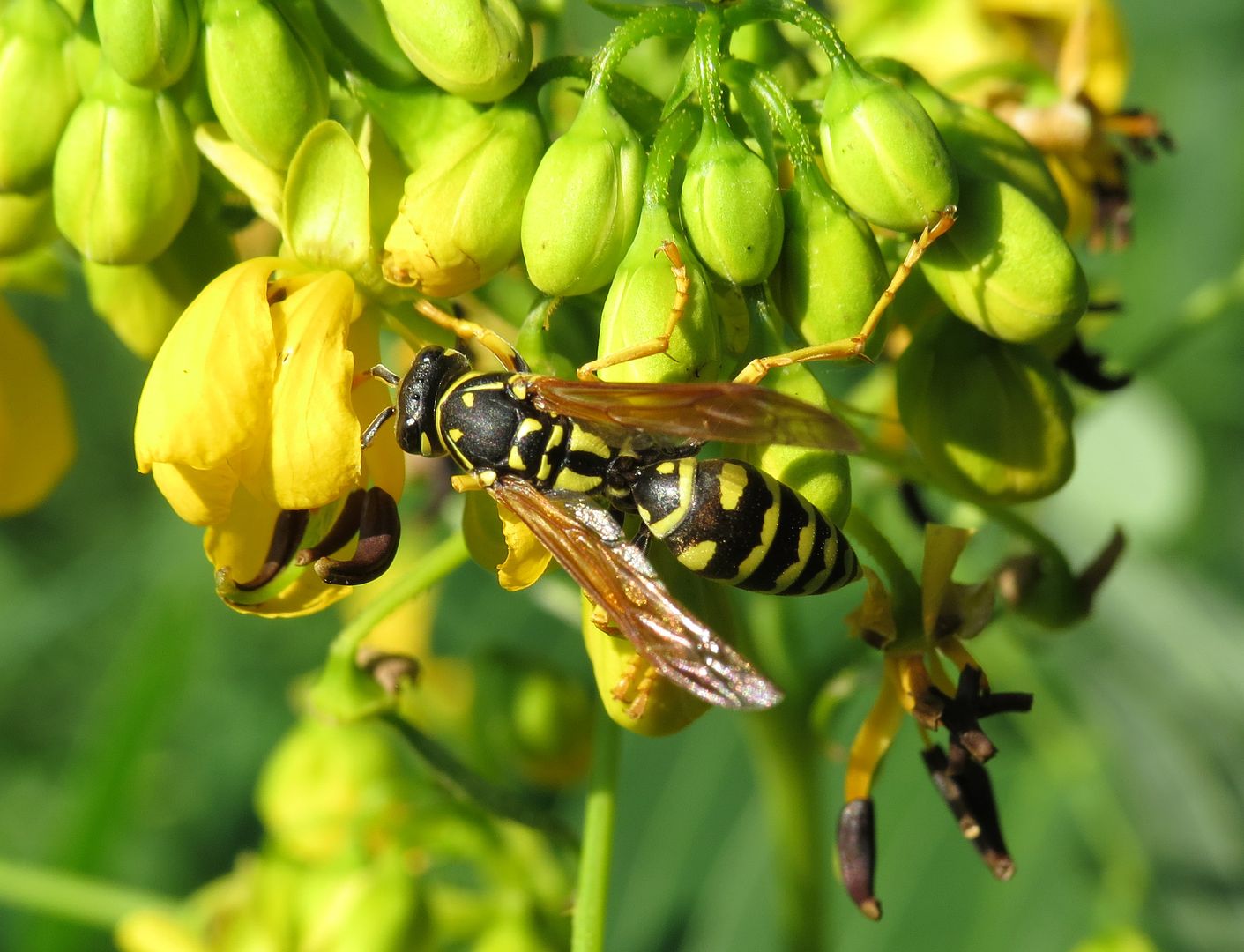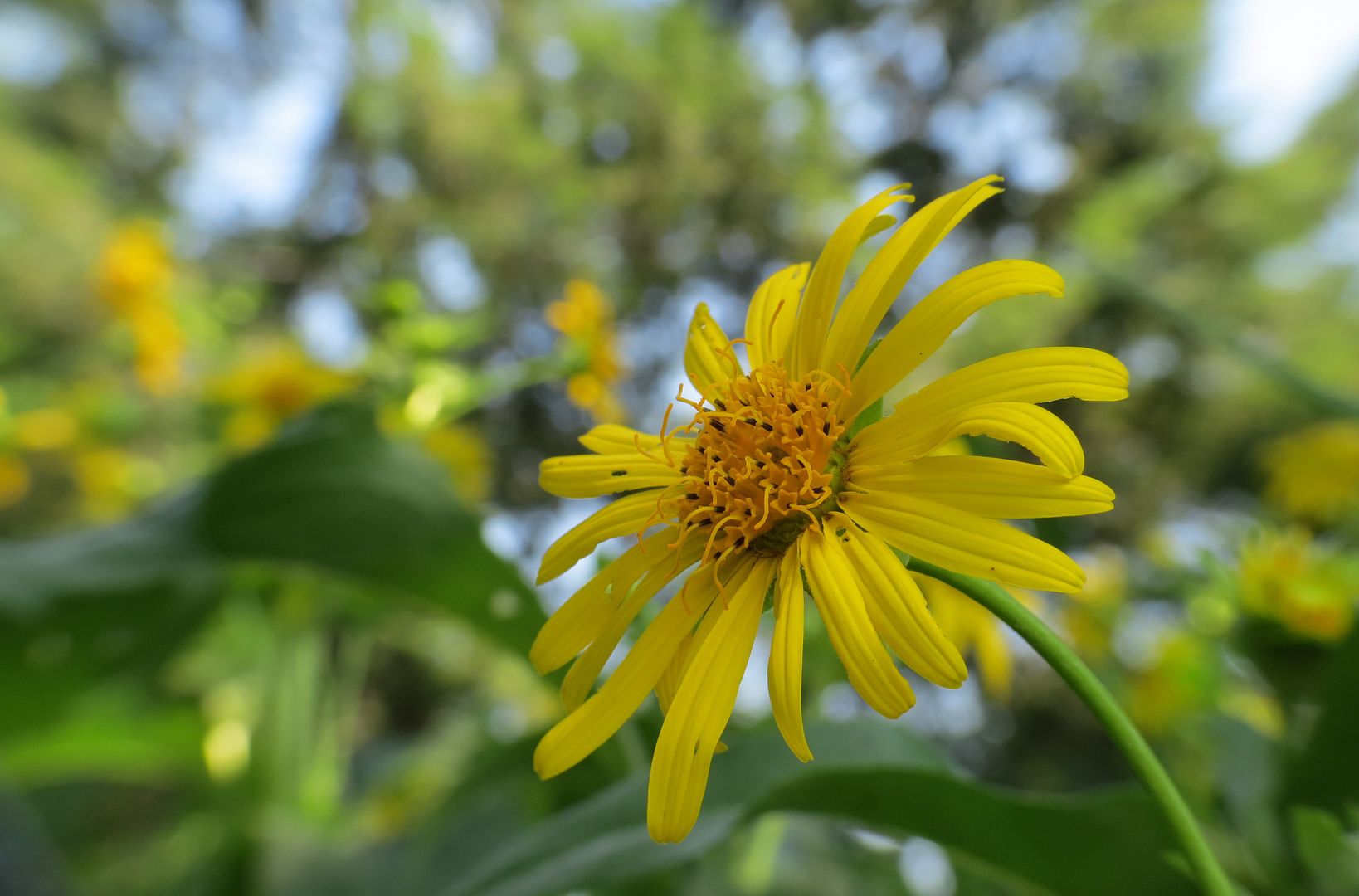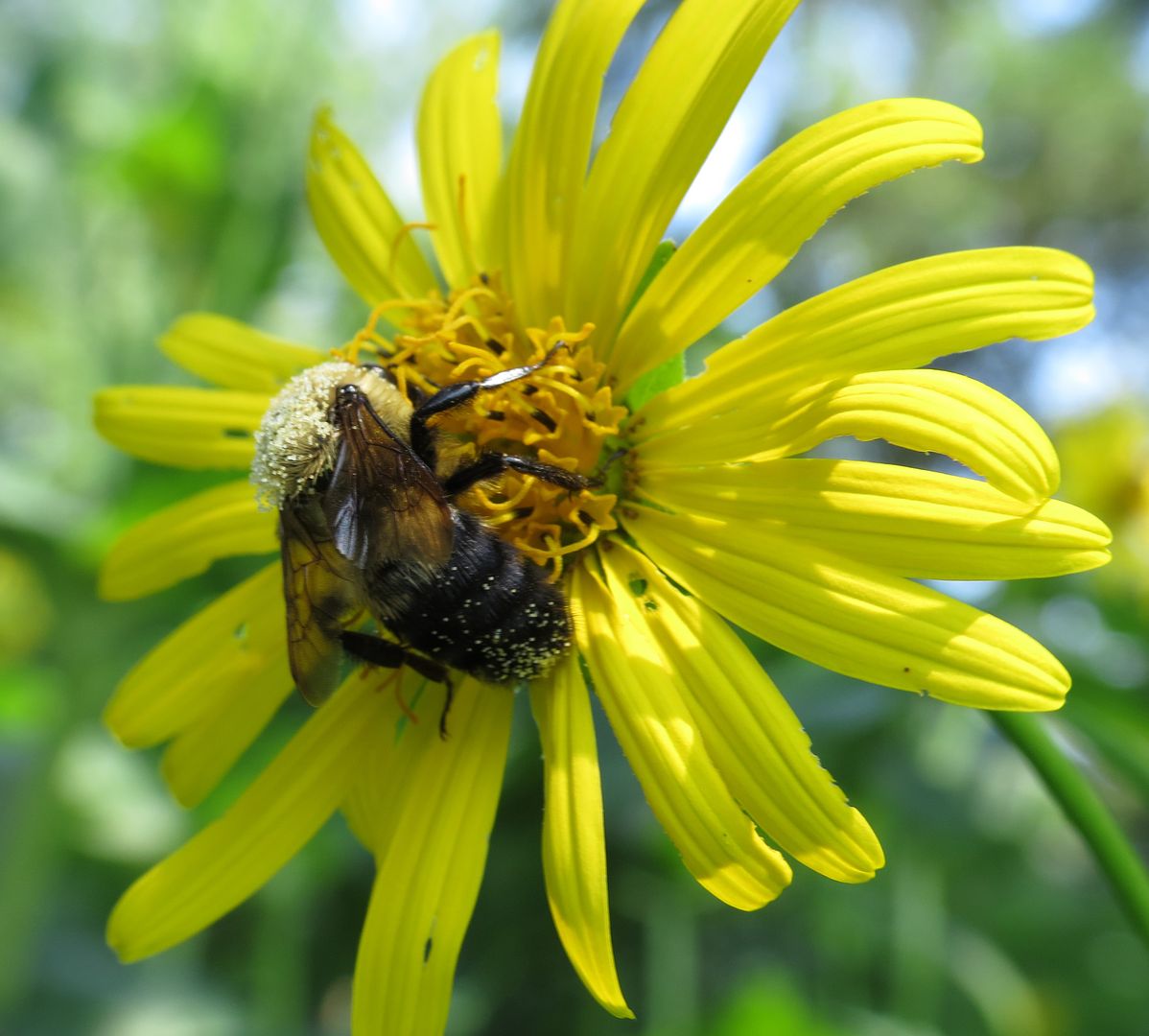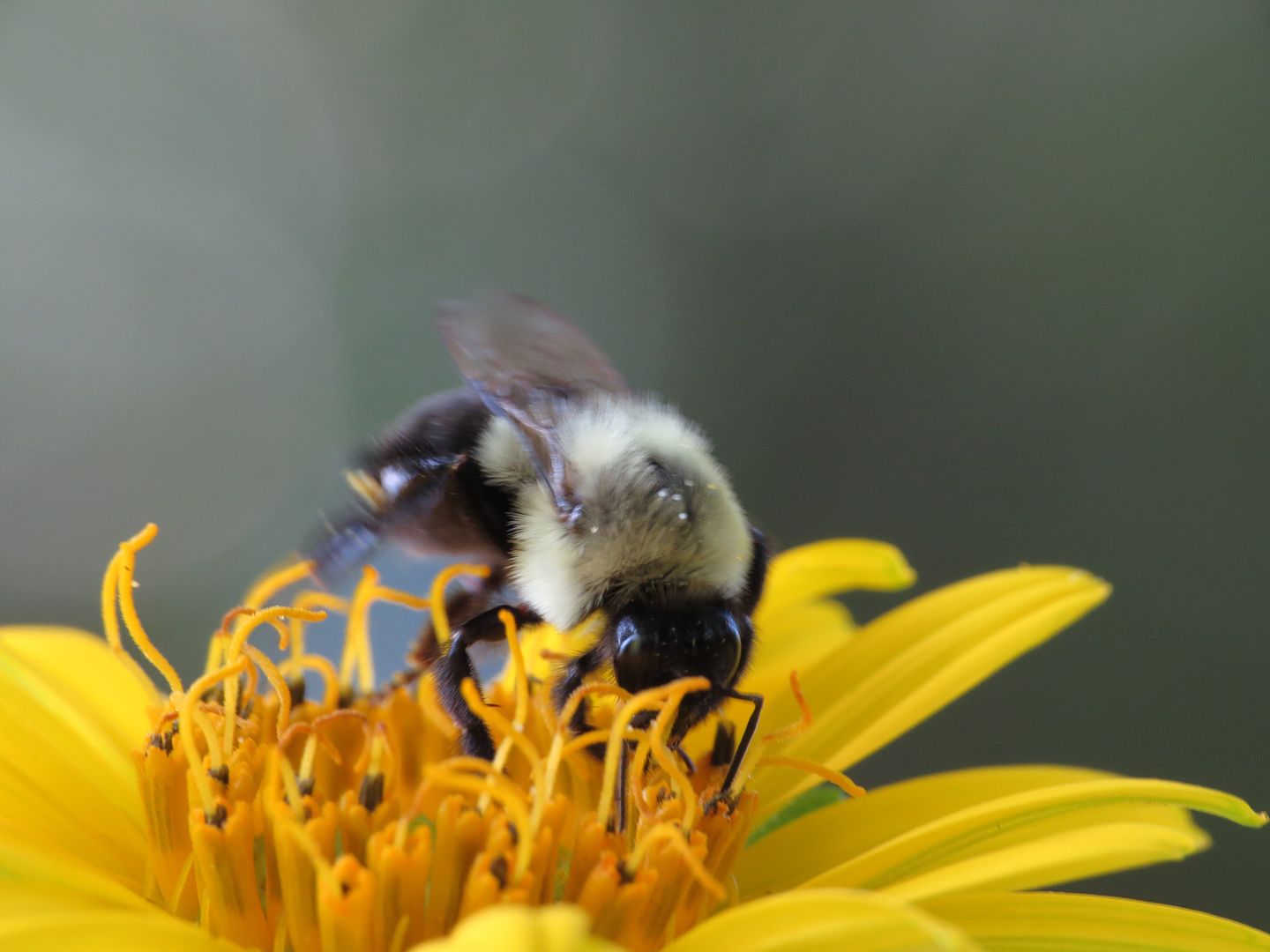So I had just harvested honey today. It's a very mundane process. Smoke the bees, open the boxes, remove frames into empty box, brush off bees before putting frame into said box, carry haul into home, uncap frames, put frames into honey extractor, spin handle about a hundred times per interval, take a break, let honey drip through strainer into pan, switch pan as needed, scoop honey into jars.
While doing all this I'd turned on the TV in the kitchen which we don't use much at all anymore. The channels come in via antenna instead of cable becuase no one is out there ever so we don't know the channels at all. We found a marathon playing Law and Order Special Victim's Unit, which I'm not a fan of. The lead character talks funny, and they show you who the murderer is and what he's doing, removing all sense of mystery and who done it in one fail swoop. This somehow turned into Pro Wrestling after two hours... same channel. I don't watch Wrestling ever but I found it way more entertaining than Law and Order.
Out in the garden though another form of wrestling was going on.
My yard has never been known for an abundance of Hummingbirds, but this afternoon I suddenly had three or four of them fighting over the Coral Honeysuckle. To the point one had started tackling the others to the ground... unless I'm mistaking some sort of mating. I did hear a loud chirping by some as they flew over head, but I think it was the female making that sound.
Half Time was held at the cloths line, which I've confiscated to grow cucumbers and tomatoes along. They sip at all the plants, while they tackle and peck one another, then break a little bit before starting up again. It's like they're playing some sort of game.
Wednesday, July 24, 2013
Sunday, July 21, 2013
The Second Annual New Jersey Ant Together
So yesterday was the second annual NJ Ant Together. The title is a play on words; birders have birding so ant people have anting. So now we can just look for ants, together.
I always hesitate to make the event public for fear of someone showing up thinking this would be great for their children to do. It's NOT! This is a hiking/nature walk that lasts the better half of the day in tick and chigger filled fields and forests. Though this year despite walking through waist high grass I barely got any chiggers, and despite finding deer tracks through the woods our total tick count was 3 plus some really pale and young "baby ticks" which I'm not familiar with.
Our first location was Prospertown Lake, the parking lot of which is located down the street from Six Flags Great Adventure. The cool breeze over the lake, and cloudy over cast kept what should have been 95F degree weather feeling more like it was 80 outside. (There are a number of SPF and Bug Repellents that have anti sweat additives to them.)
Upon walking around we were treated stands of Prickly Pear, a type of cactus that's found throughout the United States.
There was also some type of creeping morning glory that I thought was neat.
As luck would have it one of the first ants we found was one I've been looking for for the past five years or so.
Trachymyrmex septentrionalis, a North American fungus growing ant.
These ants forage for fallen leaf litter and flower petals as well as the frass to caterpillars, grass hoppers and other plant chewing insects to fertilize their underground fungus gardens.
Not far away I found one such fertilizer factory nibbling on some Virginia Creeper. This turns into a Sphinx Moth of some sort.
When we spooked him I though it was funny how he sucked his head in to look like an ass, and made sure to show off the fake eye spot at his rear.
Unfortunately most colonies we found were inactive. But once we found one still digging, it became apparent that they were locally abundant wherever there was sand.
Aphaenogaster treatae colonies were abundant along the forest edge. This is one of the largest Aphaenogaster species in the region. They're just shy of being the same size as Formica pallidefulva, a common lawn species.
This darker Formica threw me off at first. To get them to be more active we gave them a cricket.
I believe this is actually a darker color form of Formica incerta, which can also look identical to Formica pallidefulva. I'm so used to seeing these two species as the same color, that I found it odd that one would be different looking in another environment but not the other. Ignoring color, these two species differ in the amount of hairs on the mesosoma, queen number, and general colony size.
Just in the forest we located a different species of Formica, this time something in the sanguinea group, which are slave making ants of other Formica species such as the two already mentioned.
We weren't actually sure what we were witnessing. The colony appeared to be transporting cocoons to another location some 100 yards away; which we thought to be an outrageous distance for an ant line to travel. They were either moving the nest, or conducting a raid on one of their host species which we were unable to see.
Before leaving that location, I found a population of Asclepias incarnata ssp. pulchra. Basically this is a variety of Swamp Milkweed that has hair all over the stem and leaves. The flowers are also a delightful shade of pink.
Next we went to Turkey Swamp Park to revisit the mounds of Formica exsectoides. Getting there requires you to walk through two great big open fields that are mowed for acres and acres. The second field has a very small patch of land that's not mowed at all. And I can't help but view this as a huge waste of space. One field... okay I get it, but to have two of them and only feature a little bit of ... I can't even call it a meadow. I think their lawn mower just ran out of gas. They could install a meadow garden here and offer path ways through sweeping drifts of native grasses and wildflowers.
There were stands of Common Milkweed there but no Monarch butterflies at all. Other milkweed using insects such as this Four Eyed Beetle were making use of the milkweed but Monarchs seem to be in short supply this year.
We came across an ant that I'd never seen before. The sensation didn't really strike me until I went to save them onto my computer and I didn't even know the genus, or what to call them.
These are Dolichoderus plagiatus, which I found out later after having them ID'd.
Here I am standing on a Formica exsectoides mound. It's a little deceptive how high it actually is. The lighter colored tops of them are this year's excavated soil. There is then a lower layer that's a more gradual incline outward. And then an even more gradual slope around that from where the ants have tracked dirt and such around. Behind the mound in the back it's about 3' to the forest floor, whereas looking at it this way they seem shorter.
This species is very aggressive. Mobs of alert workers gathered just about everywhere that we stepped. As I took pictures and recorded them, they started attacking my shoes and climbing up my legs.
You have to be very good at hiding to live around ants like this, such as this caterpillar that blends in with a stick.
As we got away from the colonies, roughly ten minutes of walking, we finally started to see other ants. Camponotus chromaiodes, which typically dominates forests is pushed off to the sides and occurs in places where Formica exsectoides doesn't inhabit.
A C. chromaiodes worker tending aphids. I actually thought the aphids were being tended by Crematogaster at first then I realized that wasn't the case. It's just some of the aphids are really dark and shiny like a Crematogaster's gaster (abdomen).
Damaged trees oozed sap and were attracting different types of ants as well as these sap beetles.
At a third location there were stands of Clethra alnifolia in flower. This is an amazingly fragrant plant that bustles with pollinators.
I also located a second population of the Hairy Swamp Milkweed.
Courting pairs of Spice Bush Swallowtails fluttered about them all.
This last location was a man made lake to support the county water supply. But in its construction they'd flooded much of the adjacent forest, creating a swamp of dead trees.
I always hesitate to make the event public for fear of someone showing up thinking this would be great for their children to do. It's NOT! This is a hiking/nature walk that lasts the better half of the day in tick and chigger filled fields and forests. Though this year despite walking through waist high grass I barely got any chiggers, and despite finding deer tracks through the woods our total tick count was 3 plus some really pale and young "baby ticks" which I'm not familiar with.
Our first location was Prospertown Lake, the parking lot of which is located down the street from Six Flags Great Adventure. The cool breeze over the lake, and cloudy over cast kept what should have been 95F degree weather feeling more like it was 80 outside. (There are a number of SPF and Bug Repellents that have anti sweat additives to them.)
Upon walking around we were treated stands of Prickly Pear, a type of cactus that's found throughout the United States.
There was also some type of creeping morning glory that I thought was neat.
As luck would have it one of the first ants we found was one I've been looking for for the past five years or so.
Trachymyrmex septentrionalis, a North American fungus growing ant.
These ants forage for fallen leaf litter and flower petals as well as the frass to caterpillars, grass hoppers and other plant chewing insects to fertilize their underground fungus gardens.
Not far away I found one such fertilizer factory nibbling on some Virginia Creeper. This turns into a Sphinx Moth of some sort.
When we spooked him I though it was funny how he sucked his head in to look like an ass, and made sure to show off the fake eye spot at his rear.
Unfortunately most colonies we found were inactive. But once we found one still digging, it became apparent that they were locally abundant wherever there was sand.
Aphaenogaster treatae colonies were abundant along the forest edge. This is one of the largest Aphaenogaster species in the region. They're just shy of being the same size as Formica pallidefulva, a common lawn species.
This darker Formica threw me off at first. To get them to be more active we gave them a cricket.
I believe this is actually a darker color form of Formica incerta, which can also look identical to Formica pallidefulva. I'm so used to seeing these two species as the same color, that I found it odd that one would be different looking in another environment but not the other. Ignoring color, these two species differ in the amount of hairs on the mesosoma, queen number, and general colony size.
Just in the forest we located a different species of Formica, this time something in the sanguinea group, which are slave making ants of other Formica species such as the two already mentioned.
We weren't actually sure what we were witnessing. The colony appeared to be transporting cocoons to another location some 100 yards away; which we thought to be an outrageous distance for an ant line to travel. They were either moving the nest, or conducting a raid on one of their host species which we were unable to see.
Before leaving that location, I found a population of Asclepias incarnata ssp. pulchra. Basically this is a variety of Swamp Milkweed that has hair all over the stem and leaves. The flowers are also a delightful shade of pink.
Next we went to Turkey Swamp Park to revisit the mounds of Formica exsectoides. Getting there requires you to walk through two great big open fields that are mowed for acres and acres. The second field has a very small patch of land that's not mowed at all. And I can't help but view this as a huge waste of space. One field... okay I get it, but to have two of them and only feature a little bit of ... I can't even call it a meadow. I think their lawn mower just ran out of gas. They could install a meadow garden here and offer path ways through sweeping drifts of native grasses and wildflowers.
There were stands of Common Milkweed there but no Monarch butterflies at all. Other milkweed using insects such as this Four Eyed Beetle were making use of the milkweed but Monarchs seem to be in short supply this year.
We came across an ant that I'd never seen before. The sensation didn't really strike me until I went to save them onto my computer and I didn't even know the genus, or what to call them.
These are Dolichoderus plagiatus, which I found out later after having them ID'd.
Here I am standing on a Formica exsectoides mound. It's a little deceptive how high it actually is. The lighter colored tops of them are this year's excavated soil. There is then a lower layer that's a more gradual incline outward. And then an even more gradual slope around that from where the ants have tracked dirt and such around. Behind the mound in the back it's about 3' to the forest floor, whereas looking at it this way they seem shorter.
This species is very aggressive. Mobs of alert workers gathered just about everywhere that we stepped. As I took pictures and recorded them, they started attacking my shoes and climbing up my legs.
You have to be very good at hiding to live around ants like this, such as this caterpillar that blends in with a stick.
As we got away from the colonies, roughly ten minutes of walking, we finally started to see other ants. Camponotus chromaiodes, which typically dominates forests is pushed off to the sides and occurs in places where Formica exsectoides doesn't inhabit.
A C. chromaiodes worker tending aphids. I actually thought the aphids were being tended by Crematogaster at first then I realized that wasn't the case. It's just some of the aphids are really dark and shiny like a Crematogaster's gaster (abdomen).
Damaged trees oozed sap and were attracting different types of ants as well as these sap beetles.
At a third location there were stands of Clethra alnifolia in flower. This is an amazingly fragrant plant that bustles with pollinators.
I also located a second population of the Hairy Swamp Milkweed.
Courting pairs of Spice Bush Swallowtails fluttered about them all.
This last location was a man made lake to support the county water supply. But in its construction they'd flooded much of the adjacent forest, creating a swamp of dead trees.
Wednesday, July 17, 2013
New Camera
Canon PowerShot SX50 HS 12MP Digital Camera with 2.8-Inch LCD (Black)
Which I bought because it topped the list of a few macro point and shoot though really it seemed to be a narrow margin between that and the next four below it. Sadly it doesn't have any port to plug in a portable flash, (at least not that I've found).
Also it does NOT come with the USB cord required to get images off of the camera and onto the computer! Thankfully my first camera years ago was a Canon and I still had a cord laying around.
Raynox DCR-250 Super Macro Snap-On Lens
I also bought this which might have been the better buy because it's almost universally able to attach to any point and shoot camera.
All of which came at the recommendation by Alex Wild, a professional photographer in the scientific world who teaches classes around the world with emphasis on photographing insects. (Though he's more so a professor at one of the Universities I believe.)
So after a day of shooting here's some of what I came up with.
Which I bought because it topped the list of a few macro point and shoot though really it seemed to be a narrow margin between that and the next four below it. Sadly it doesn't have any port to plug in a portable flash, (at least not that I've found).
Also it does NOT come with the USB cord required to get images off of the camera and onto the computer! Thankfully my first camera years ago was a Canon and I still had a cord laying around.
Raynox DCR-250 Super Macro Snap-On Lens
I also bought this which might have been the better buy because it's almost universally able to attach to any point and shoot camera.
All of which came at the recommendation by Alex Wild, a professional photographer in the scientific world who teaches classes around the world with emphasis on photographing insects. (Though he's more so a professor at one of the Universities I believe.)
So after a day of shooting here's some of what I came up with.
Tuesday, July 16, 2013
Cup Plant Flowers
Cup Plants, Silphium perfoliatum, have started blooming this week.
A bumblebee working a Cup Plant flower.
I'm a little preoccupied with testing out my new camera to post much though. Needless to say I'm happy so far.
A bumblebee working a Cup Plant flower.
I'm a little preoccupied with testing out my new camera to post much though. Needless to say I'm happy so far.
Subscribe to:
Posts (Atom)
